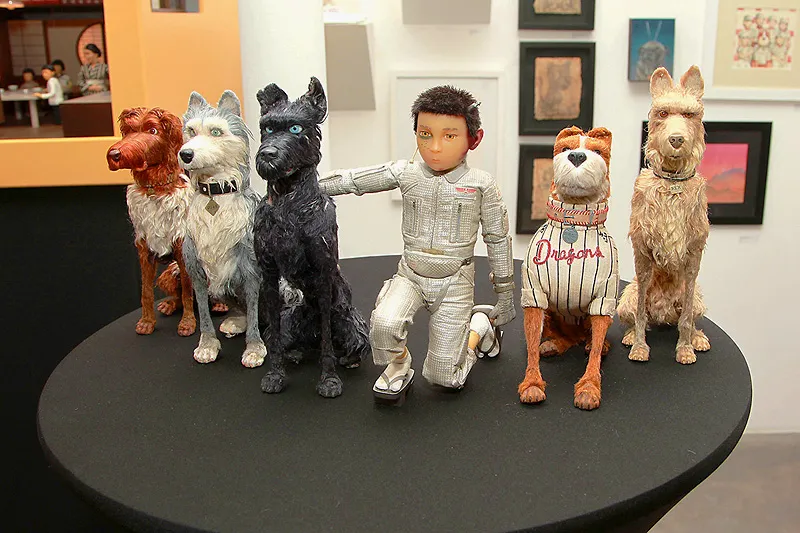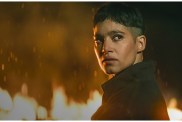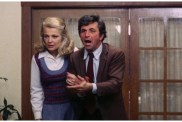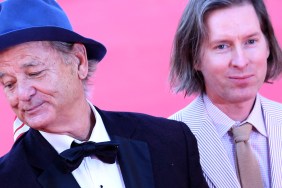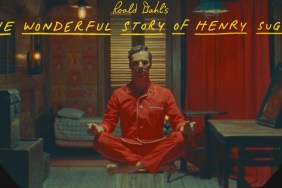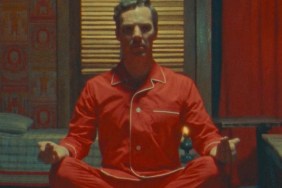In early November the New York gallery Parasol Projects hosted an official Fox Searchlight-sponsored Isle of Dogs art gallery exhibit featuring artistic tributes to the Wes Anderson film, as well as the “King Family Kitchen” and “Spot’s Home” sets from the movie. In conjunction with the exhibit ComingSoon.net got to chat with Isle of Dogs‘ director of photography Tristan Oliver, and received a whole gallery of images which you can check out in the gallery below!
Click here to order your copy of Isle of Dogs on Blu-ray!
Tristan Oliver on the research process for the film…
We had a saturation crash course in Japanese moviemaking at the beginning of the process. I watched about 35, 40 Japanese movies from the 50’s and 60’s, just to kind of soak ourselves in that aesthetic. We also looked at Japanese woodcuts, the sort of Hokusai-style of wood cut. Those movies are interesting because they are really the Japanese film industry trying to emulate Hollywood moviemaking, so you’ve got different degrees of separation. You’ve got Japanese movies trying to look like Hollywood movies, and then we also reference Sergio Leone, an Italian filmmaker trying to make a Hollywood movie in the style of the Japanese. You’ve got multiple layers of reference in order to arrive at a look. We had a lot of Japanese advisors on the movie. We had a team who were sort of the Japanese police who made sure that anything anyone did in the movie was appropriate and correct, in terms of what a Japanese character would do, who monitored all the graphics and signage and design throughout the process, just to make sure that we were doing due diligence to the Japanese-ness of the movie and we weren’t abusing it or disrespecting it in any way.
Tristan Oliver on why Isle of Dogs was easier to make than Fantastic Mr. Fox…
I think what made it easier than “Fox” was when we signed up to do this movie we knew what was going to happen. And from that point of view, it was much, much easier because we were never surprised. I think “Fox” was a big learning curve for all sides, but having had a little bit of time in between we were able to go back in and it was a much more enjoyable process because we all knew what the deal was, and Wes trusted us and we understood him. That process had been overcome, really, and we were just able to get on with making the movie. The other thing that improved greatly was the internet is much, much faster and much better, so we were able to have almost instantaneous feedback from the studio floor this time, which we weren’t last time. So the fact that he wasn’t physically present was greatly ameliorated by the fact that we had very, very swift communication options this time.
Tristan Oliver on practical vs digital techniques…
We pick and choose with our choice of digital techniques. It’s not something that we automatically fall back on, but there are a few things that are extremely difficult to do in stop frame animation, and those are the things that move organically. So typically water, smoke, fire, fog are very difficult to do. We have over the years fallen back on using digital substitutes or occasionally just shooting them as live elements and laying them in there in the post-production process in order to make them look more realistic. But for Wes, it’s the made in the hand look that is more relevant, and so we do construct those organic elements by hand. In both “Fox” and “Isle of Dogs” there’s a lot of water that is made using just cling film/sandwich wrap, which we went through hundreds and hundreds of feet of. We constructed huge, huge rivers and waterfalls and all kinds of things just using cling film. And most of the sea that you see was huge sheets of crumpled-up cling film lit very carefully, shot just to give the impression of water at night.
Stop-motion animation is a painstaking, deliberate process, a technique that involves positioning of puppets in various sizes on actual sets, their incremental movements individually photographed and manipulated frame by frame to create a motion effect but Isle of Dogs brought it to a whole new level. It is like a Japanese Edo-period woodblock print come to life in a completely unique and well, Wes Anderson way. This sort of filmmaking takes years to accomplish and the gorgeous result is a testament to the artists’ passion and respect for this medium and their dedication to Anderson’s very specific vision.
Tristan Oliver has worked with Anderson on his first stop-motion foray, Fantastic Mr. Fox. Other credits in that world include Chicken Run, Wallace & Gromit: The Curse of the Were-Rabbit, and Paranorman. For Isle of Dogs, he strove to imbue the format with scale and beauty, a painterly approach and a live action aesthetic – across 50 shooting units running simultaneously! That’s 50 sets, 50 cameras, and maybe 30 or 40 animators working across those sets. And on any one day he might be turning half to 30 of those sets around, so it’s an intensely busy environment. Oliver typically lit 12-15 sets himself, because he enjoys that process but obviously he couldn’t do all of it himself! And the scale ratio is daunting – The camera relative to the character is enormous so that creates logistical issues specific to stop-motion – and on top of that, Oliver had to be true to Wes Anderson’s specific and often very symmetrical framing vision!
RELATED: Watch Isle of Dogs Cast Interviews in Stop-Motion
Isle of Dogs tells the story of Atari Kobayashi, 12-year-old ward to corrupt Mayor Kobayashi. When, by Executive Decree, all the canine pets of Megasaki City are exiled to a vast garbage-dump called Trash Island, Atari sets off alone in a miniature Junior-Turbo Prop and flies across the river in search of his bodyguard-dog, Spots. There, with the assistance of a pack of newly-found mongrel friends, he begins an epic journey that will decide the fate and future of the entire Prefecture.
Produced by Indian Paintbrush, the voice cast for Isle of Dogs includes F. Murray Abraham, Bob Balaban, Bud Cort, Bryan Cranston, Greta Gerwig, Jeff Goldblum, Akira Ito, Scarlett Johansson, Harvey Keitel, Bill Murray, Kunichi Nomura, Edward Norton, Yoko Ono, Koyu Rankin, Liev Schreiber, Tilda Swinton, Akira Takayama and Frank Wood.
Building upon the successful collaboration on The Grand Budapest Hotel, Wes Anderson, Scott Rudin, Steven Rales and Jeremy Dawson return as producers, while Fox Searchlight Pictures will distribute the film in partnership with Indian Paintbrush.
Isle of Dogs
-
Isle of Dogs Art Exhibit

-
Isle of Dogs Art Exhibit
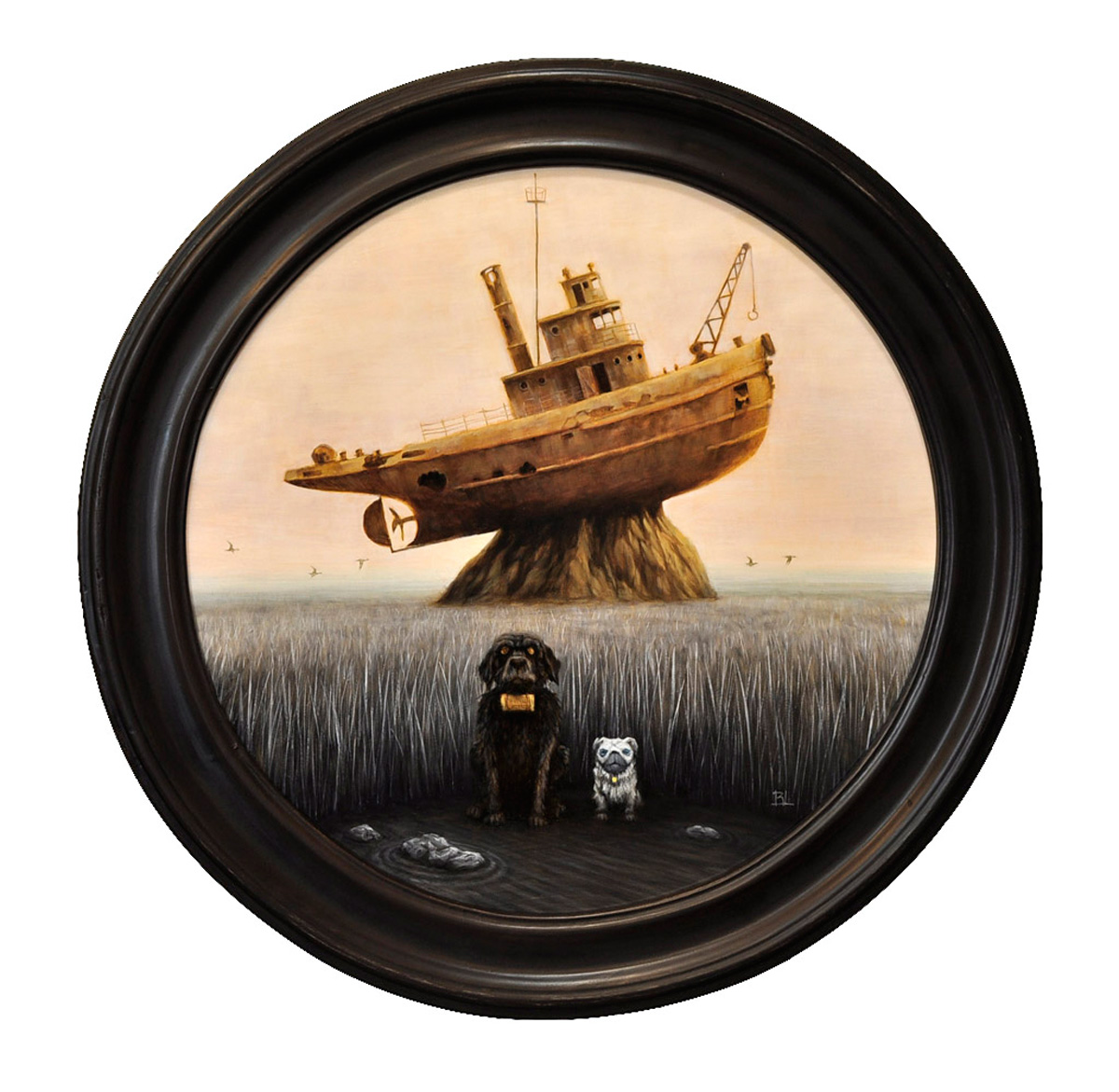
-
Isle of Dogs Art Exhibit

-
Isle of Dogs Art Exhibit

-
Isle of Dogs Art Exhibit

-
Isle of Dogs Art Exhibit

-
Isle of Dogs Art Exhibit

-
Isle of Dogs Art Exhibit

-
Isle of Dogs Art Exhibit

-
Isle of Dogs Art Exhibit

-
Isle of Dogs Art Exhibit
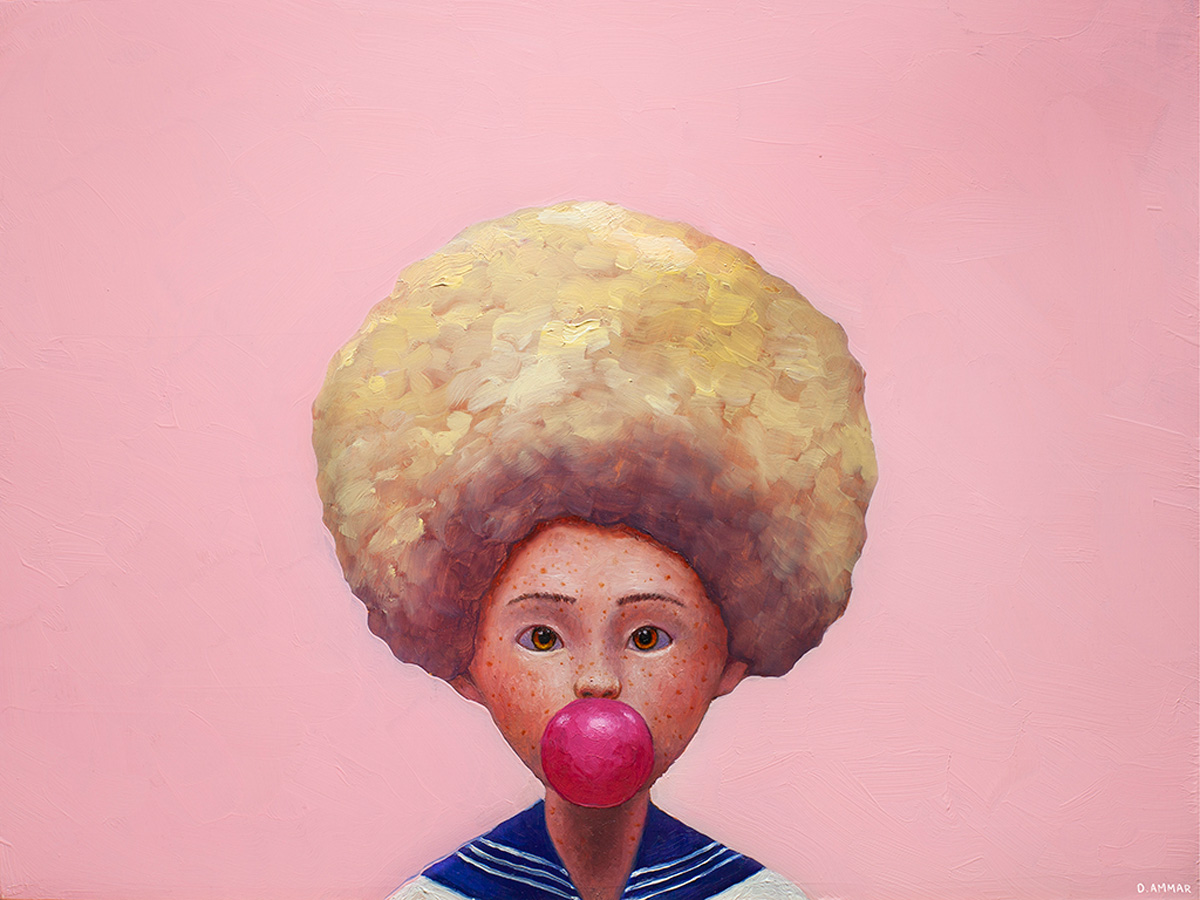
-
Isle of Dogs Art Exhibit
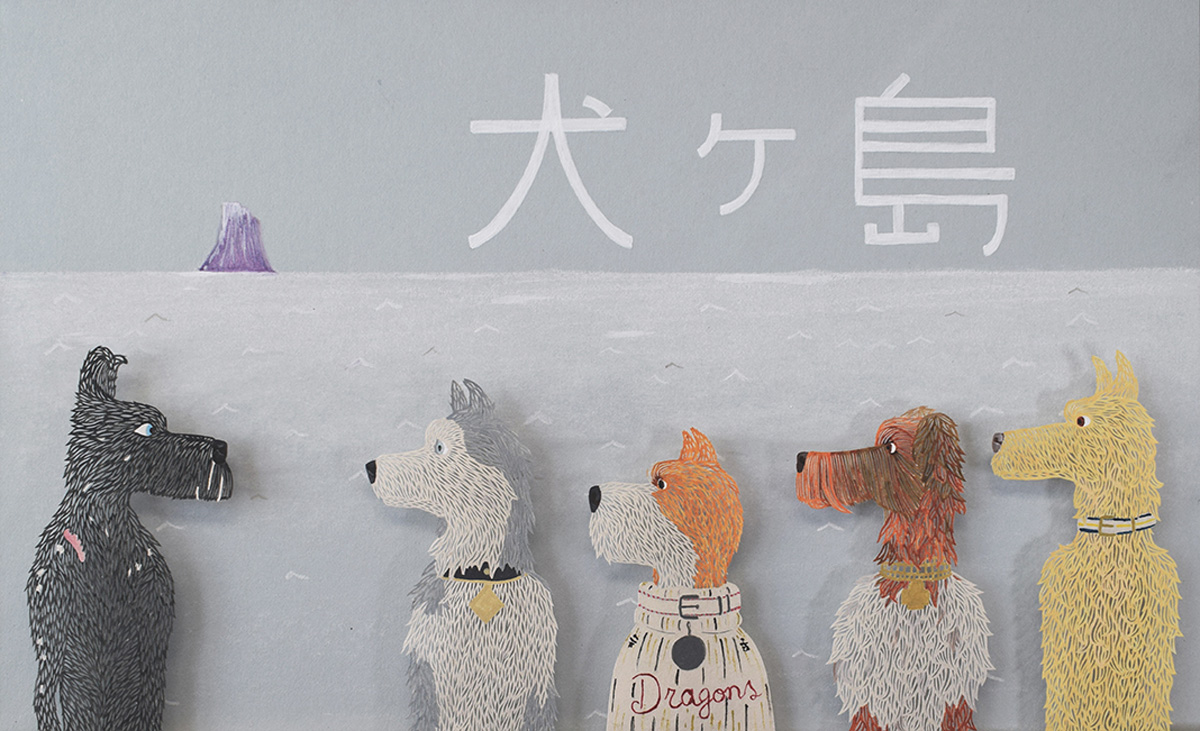
-
Isle of Dogs Art Exhibit

-
Isle of Dogs Art Exhibit
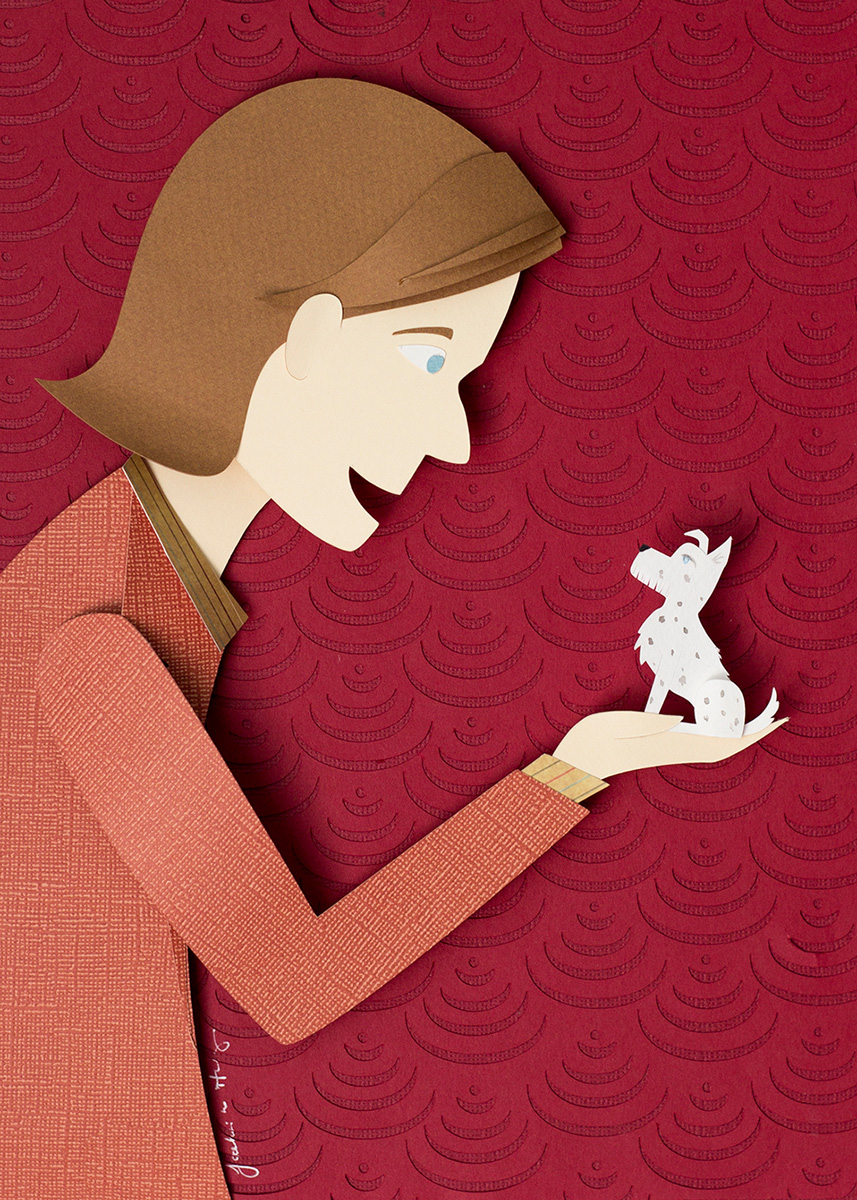
-
Isle of Dogs Art Exhibit
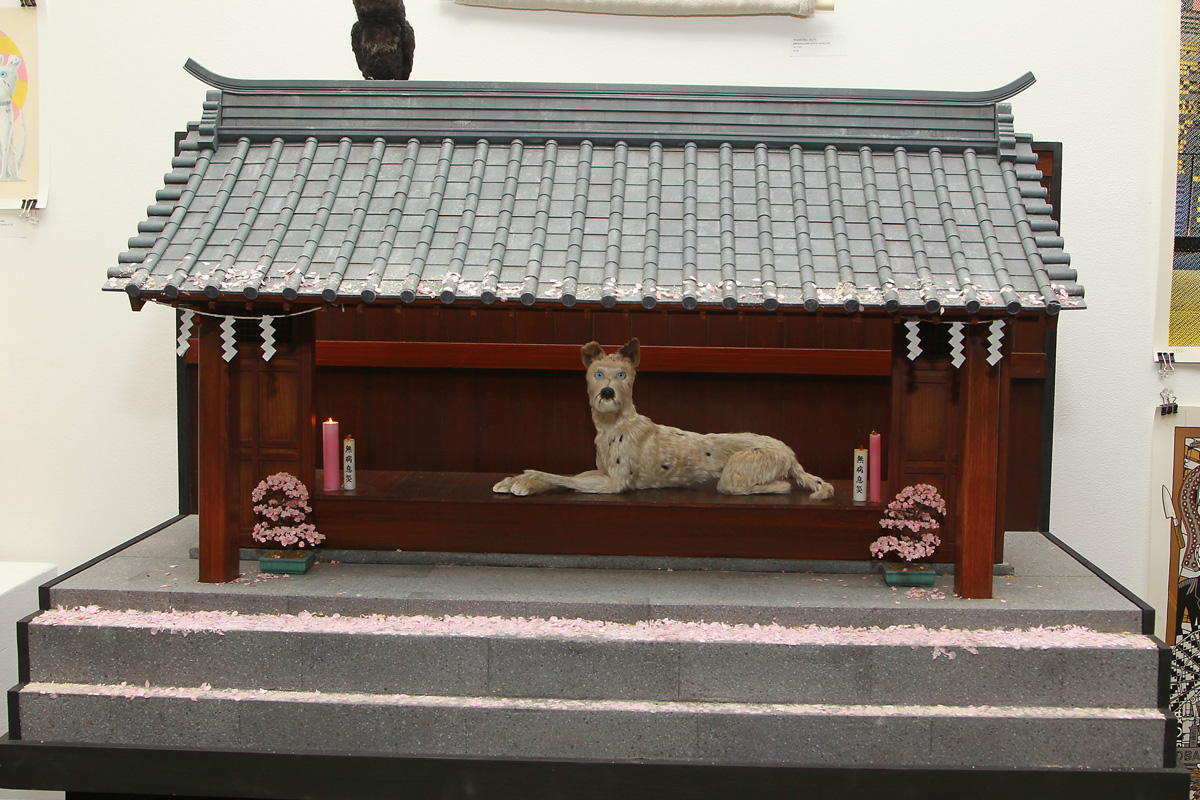
- New York, NY - 11/8/18 - "Isle Of Dogs" Art Show Preview at Parasol Projects Gallery-Pictured: Atmosphere-Photo by: Dave Allocca / StarPix-Location: Parasol Projects Gallery, NYC
-
Isle of Dogs Art Exhibit
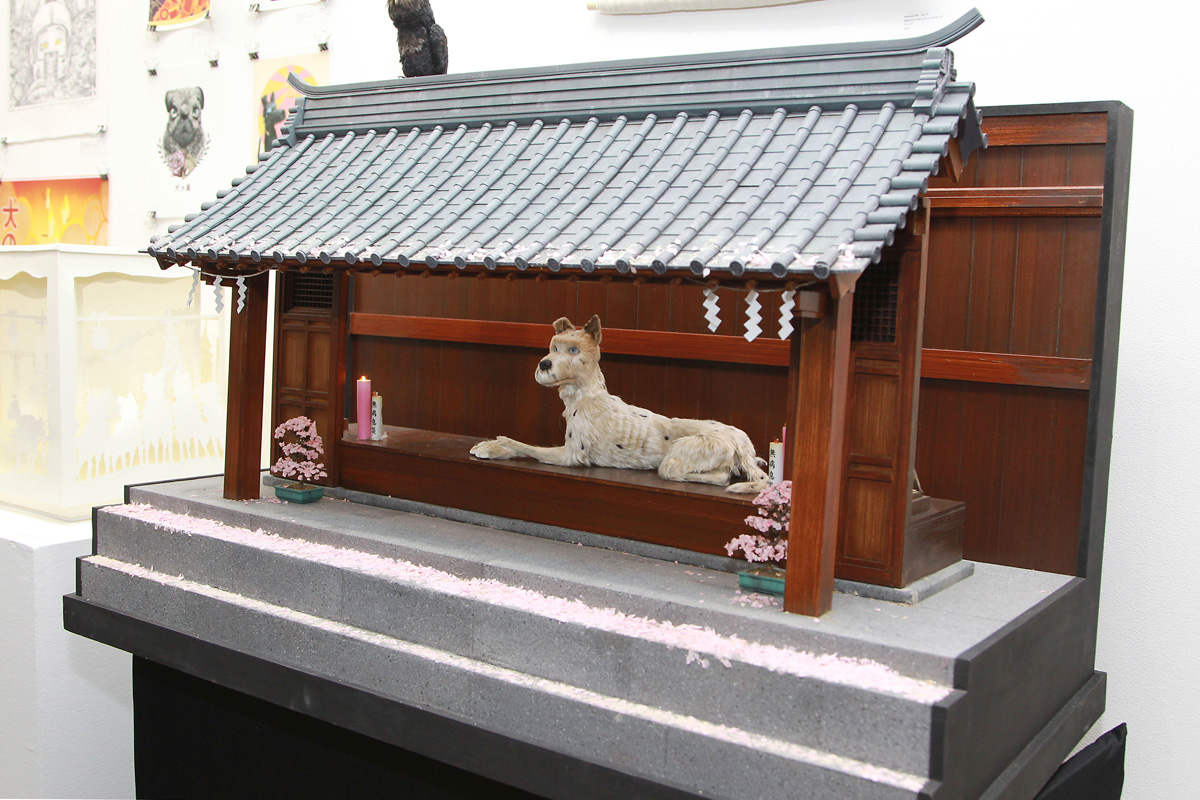
- New York, NY - 11/8/18 - "Isle Of Dogs" Art Show Preview at Parasol Projects Gallery-Pictured: Atmosphere-Photo by: Dave Allocca / StarPix-Location: Parasol Projects Gallery, NYC
-
Isle of Dogs Art Exhibit

- New York, NY - 11/8/18 - "Isle Of Dogs" Art Show Preview at Parasol Projects Gallery-Pictured: Atmosphere-Photo by: Dave Allocca / StarPix-Location: Parasol Projects Gallery, NYC
-
Isle of Dogs Art Exhibit
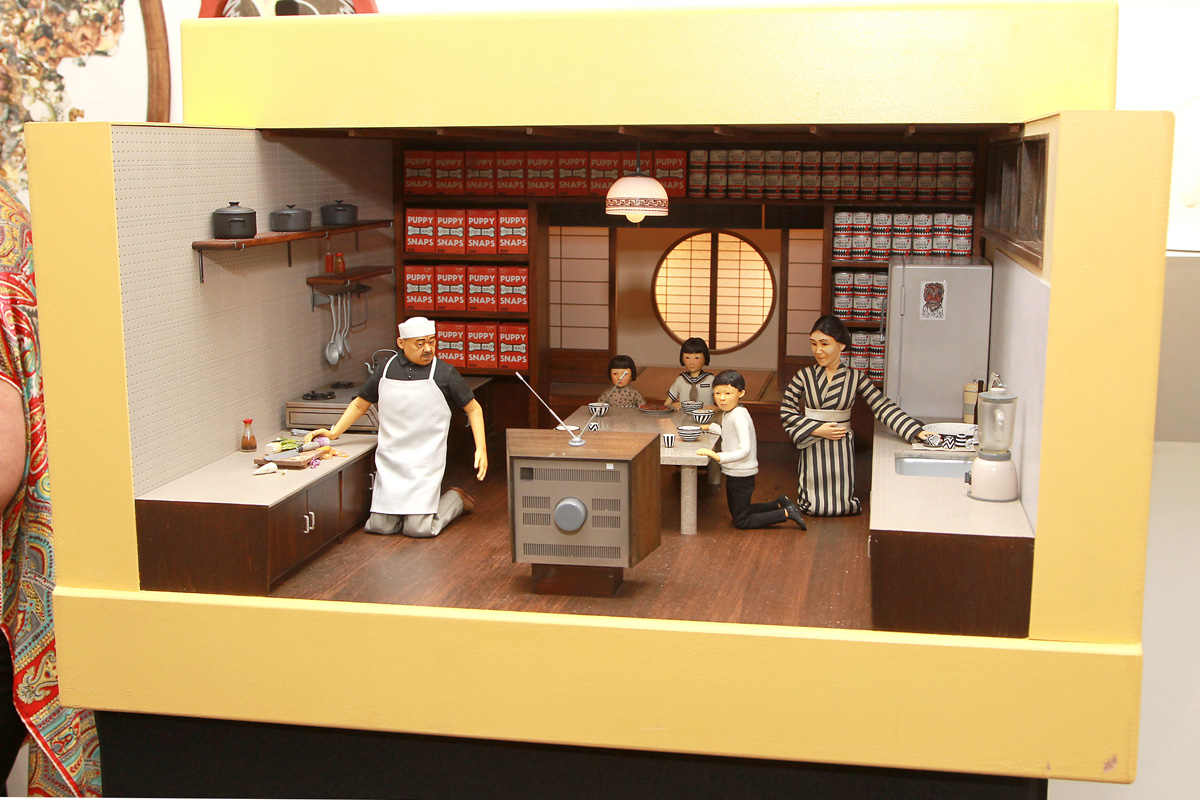
- New York, NY - 11/8/18 - "Isle Of Dogs" Art Show Preview at Parasol Projects Gallery-Pictured: Atmosphere-Photo by: Dave Allocca / StarPix-Location: Parasol Projects Gallery, NYC
-
Isle of Dogs Art Exhibit
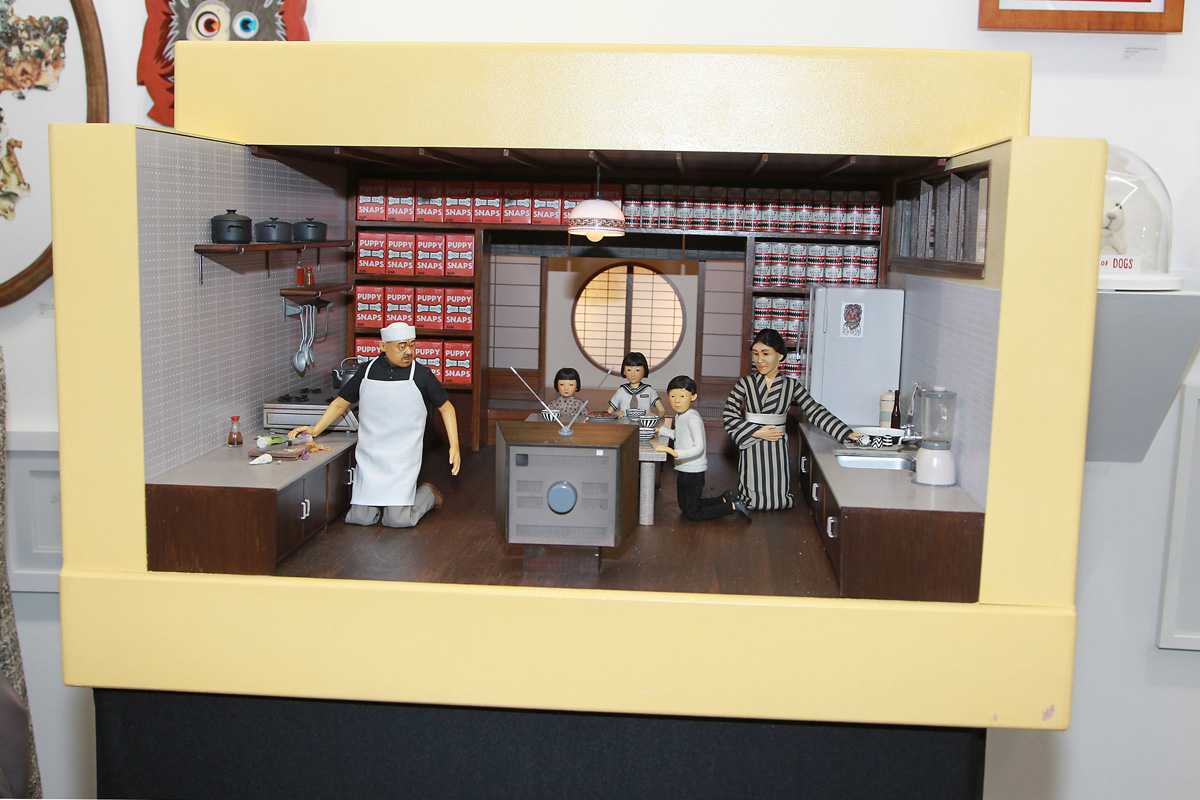
- New York, NY - 11/8/18 - "Isle Of Dogs" Art Show Preview at Parasol Projects Gallery-Pictured: Atmosphere-Photo by: Dave Allocca / StarPix-Location: Parasol Projects Gallery, NYC
-
Isle of Dogs Art Exhibit
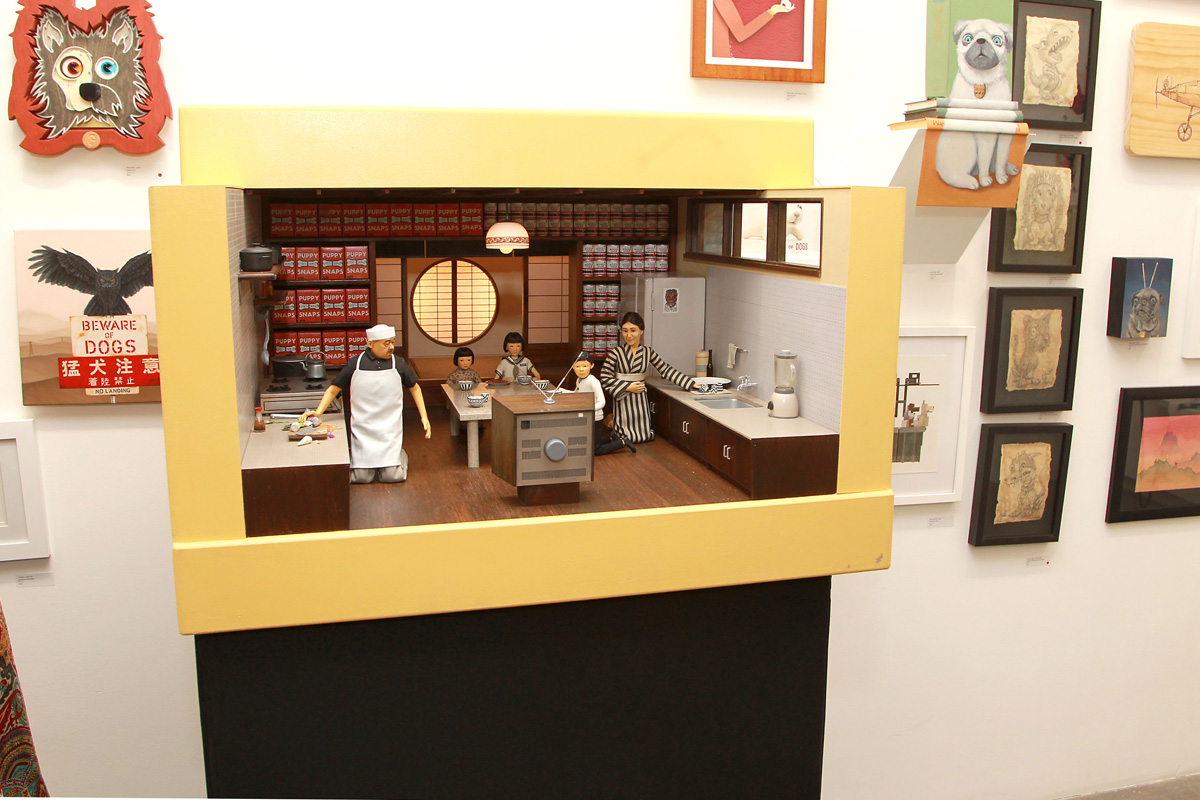
- New York, NY - 11/8/18 - "Isle Of Dogs" Art Show Preview at Parasol Projects Gallery-Pictured: Atmosphere-Photo by: Dave Allocca / StarPix-Location: Parasol Projects Gallery, NYC
-
Isle of Dogs Art Exhibit
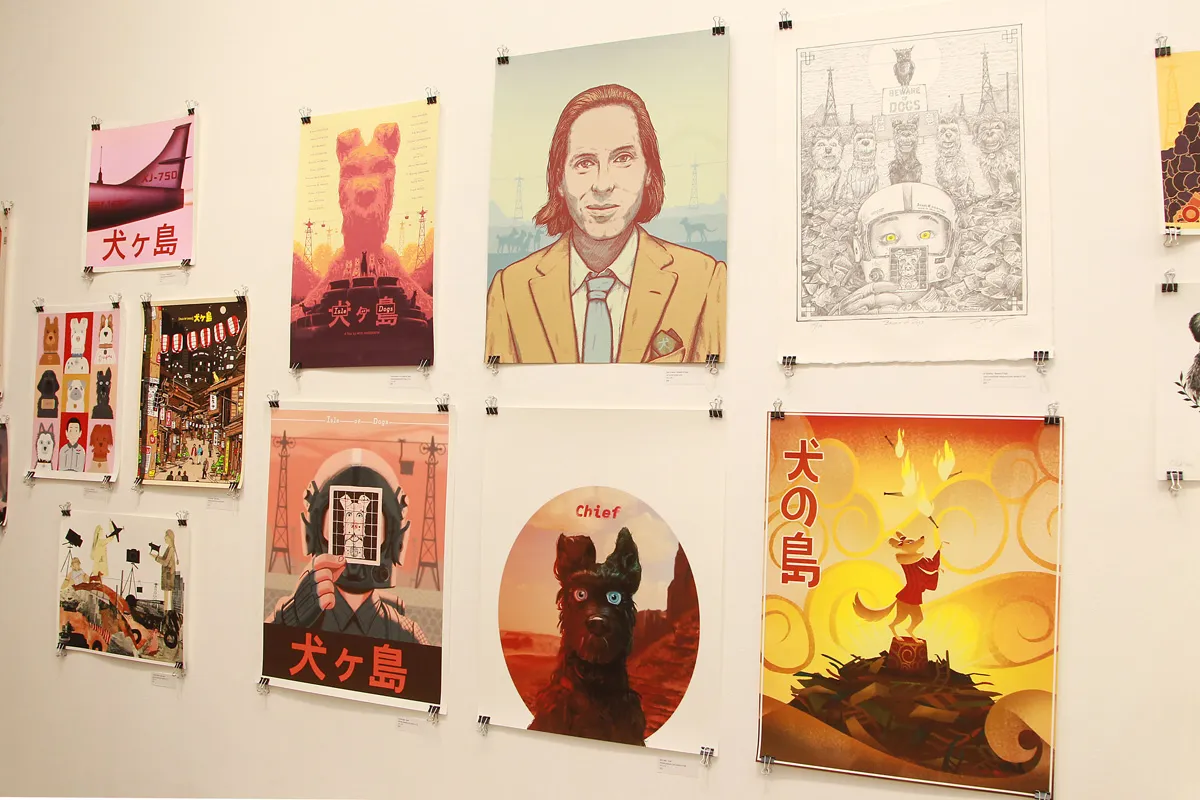
- New York, NY - 11/8/18 - "Isle Of Dogs" Art Show Preview at Parasol Projects Gallery-Pictured: Atmosphere-Photo by: Dave Allocca / StarPix-Location: Parasol Projects Gallery, NYC
-
Isle of Dogs Art Exhibit
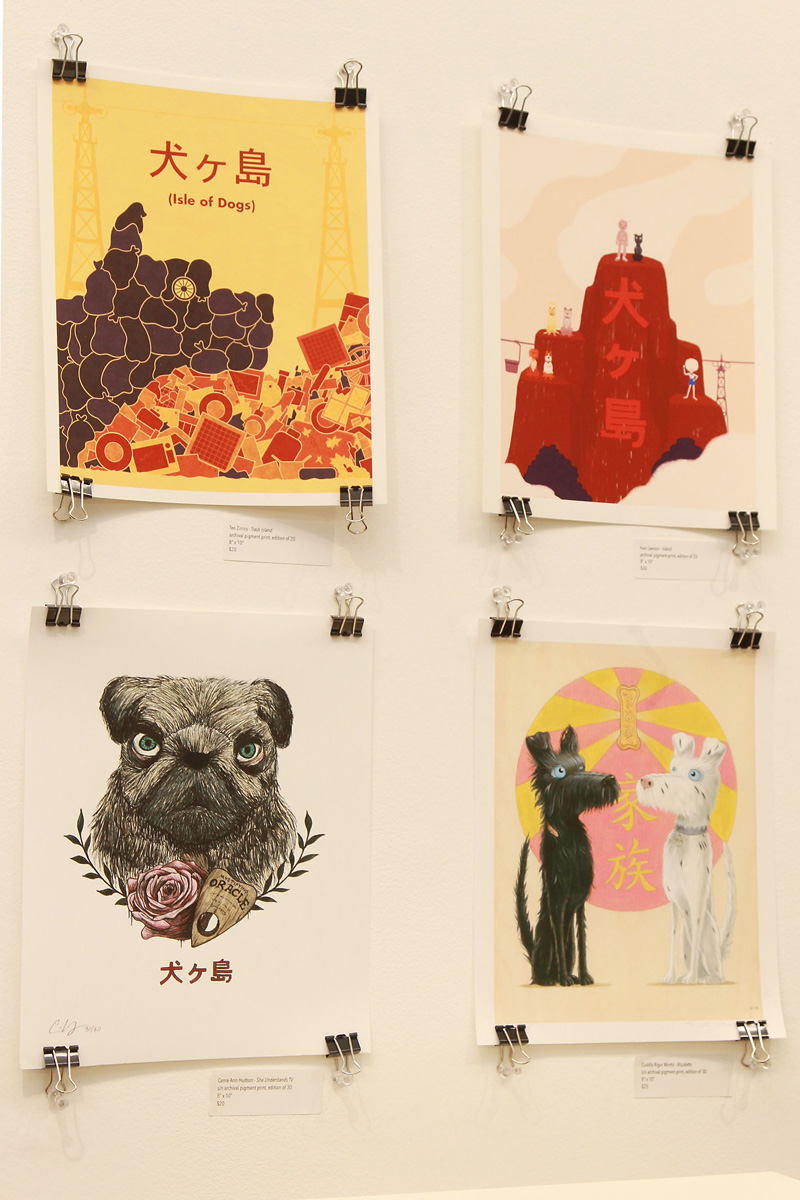
- New York, NY - 11/8/18 - "Isle Of Dogs" Art Show Preview at Parasol Projects Gallery-Pictured: Atmosphere-Photo by: Dave Allocca / StarPix-Location: Parasol Projects Gallery, NYC
-
Isle of Dogs Art Exhibit
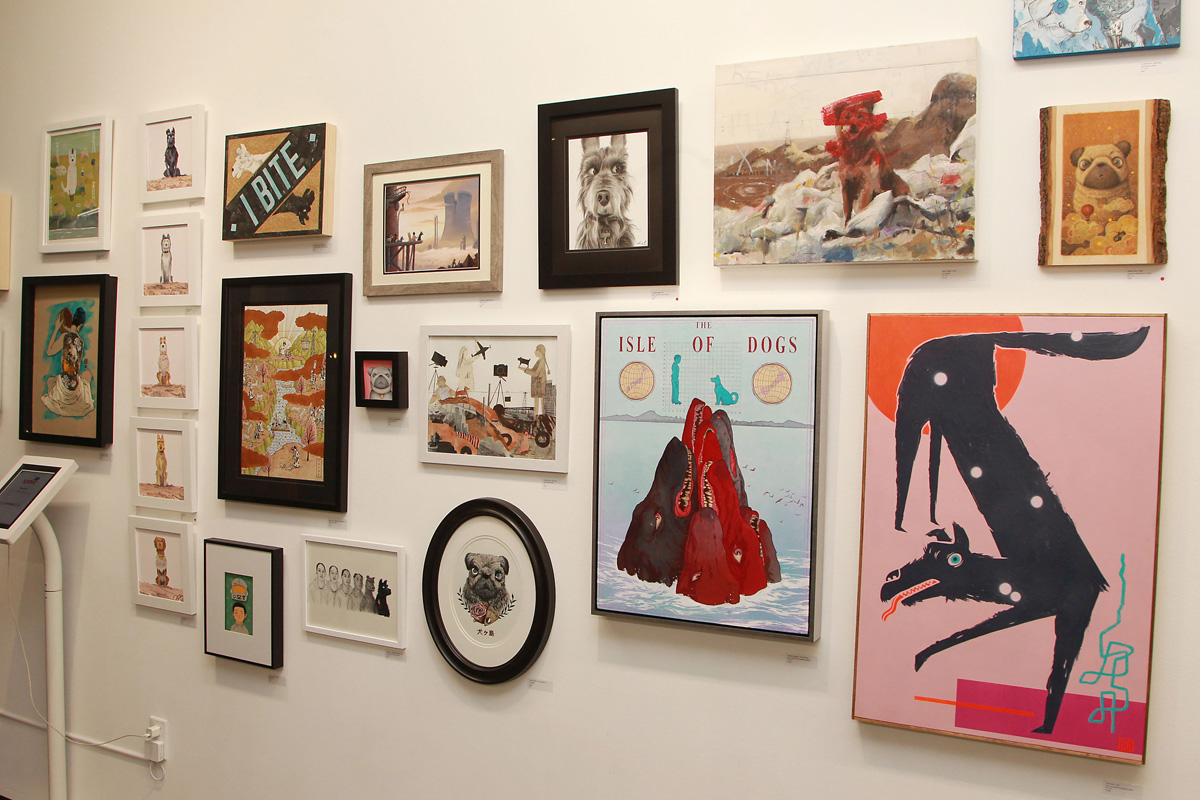
- New York, NY - 11/8/18 - "Isle Of Dogs" Art Show Preview at Parasol Projects Gallery-Pictured: Atmosphere-Photo by: Dave Allocca / StarPix-Location: Parasol Projects Gallery, NYC
-
Isle of Dogs Art Exhibit
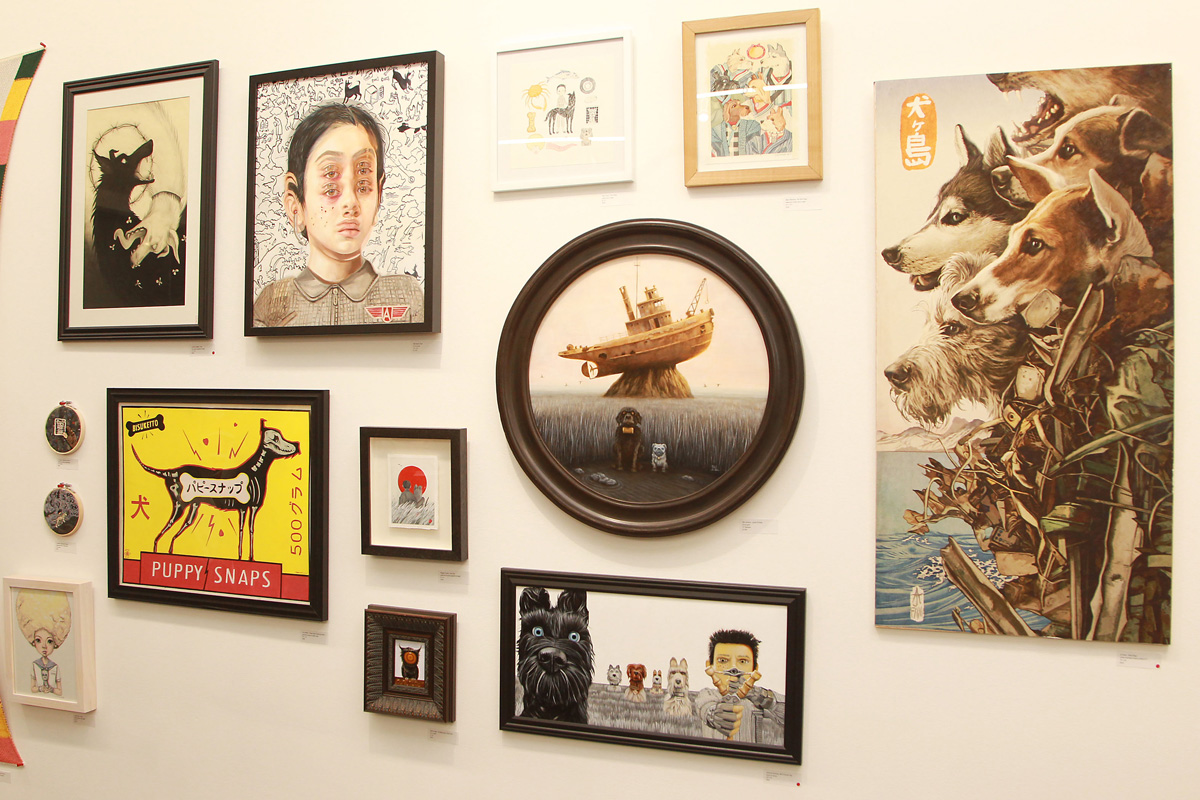
- New York, NY - 11/8/18 - "Isle Of Dogs" Art Show Preview at Parasol Projects Gallery-Pictured: Atmosphere-Photo by: Dave Allocca / StarPix-Location: Parasol Projects Gallery, NYC
-
Isle of Dogs Art Exhibit
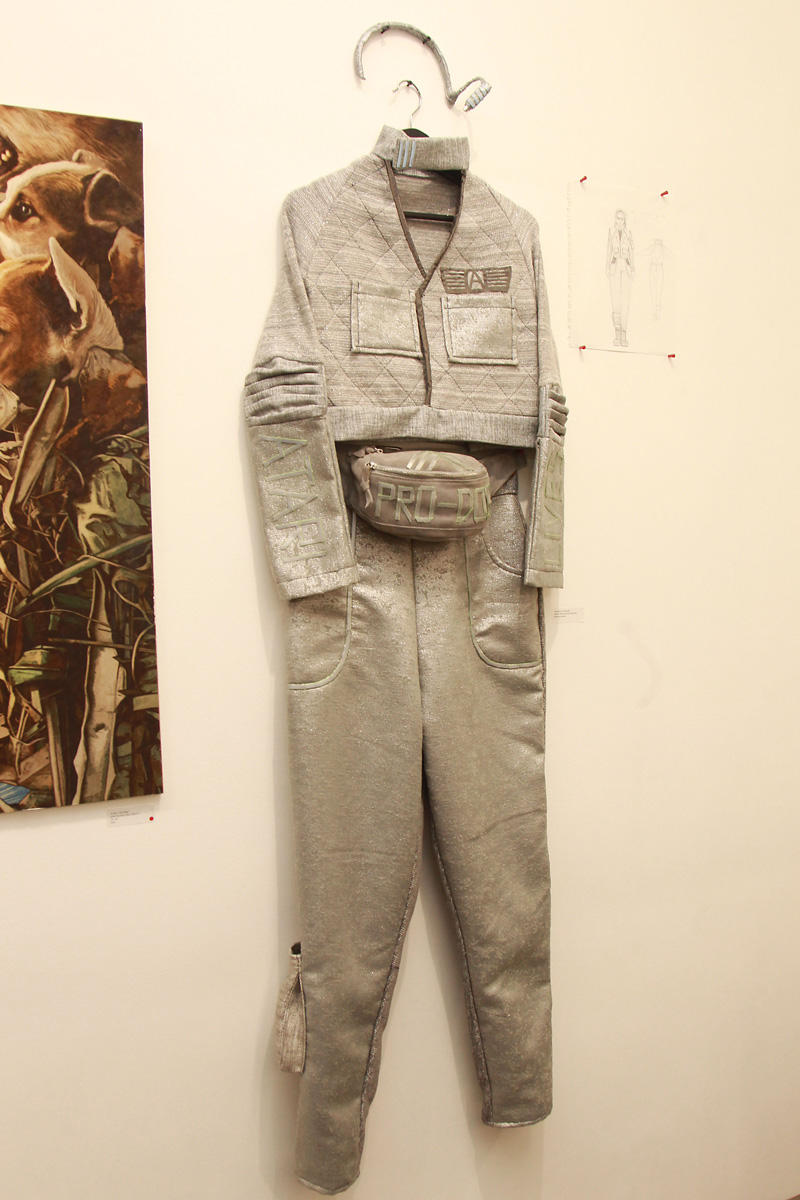
- New York, NY - 11/8/18 - "Isle Of Dogs" Art Show Preview at Parasol Projects Gallery-Pictured: Atmosphere-Photo by: Dave Allocca / StarPix-Location: Parasol Projects Gallery, NYC
-
Isle of Dogs Art Exhibit
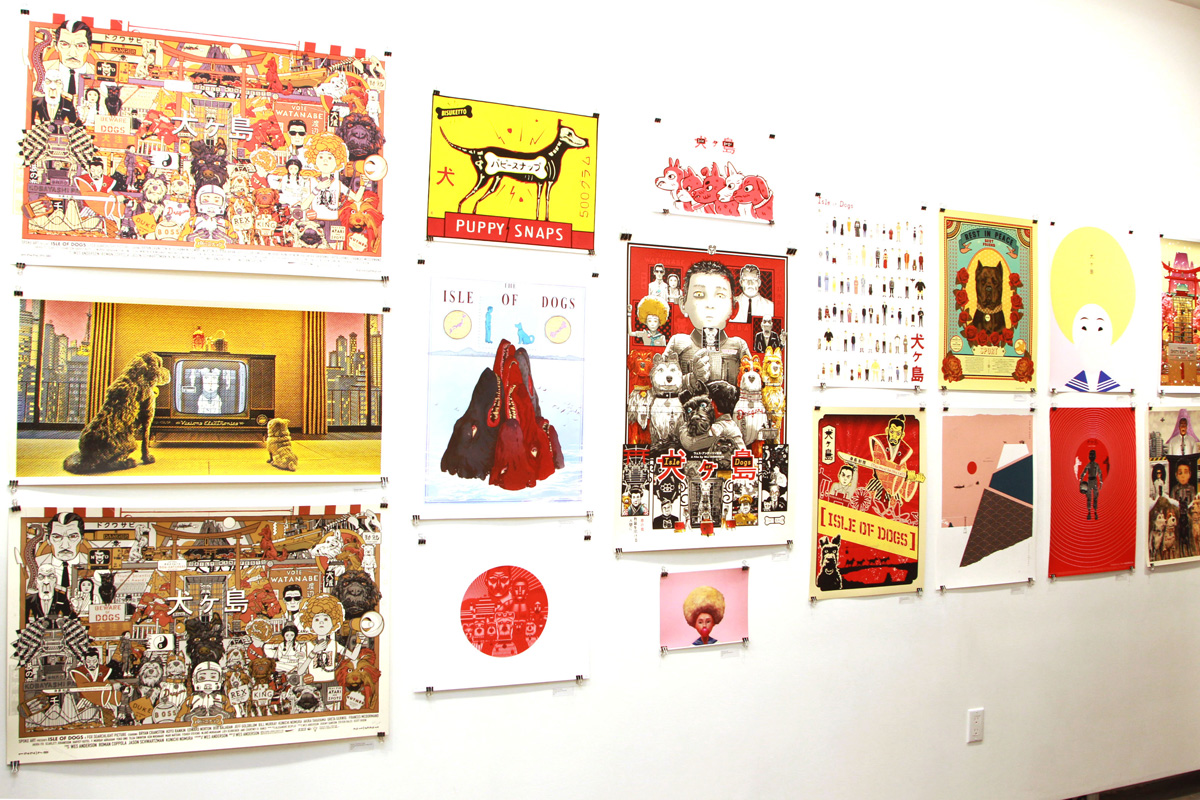
- New York, NY - 11/8/18 - "Isle Of Dogs" Art Show Preview at Parasol Projects Gallery-Pictured: Atmosphere-Photo by: Dave Allocca / StarPix-Location: Parasol Projects Gallery, NYC
-
Isle of Dogs Art Exhibit
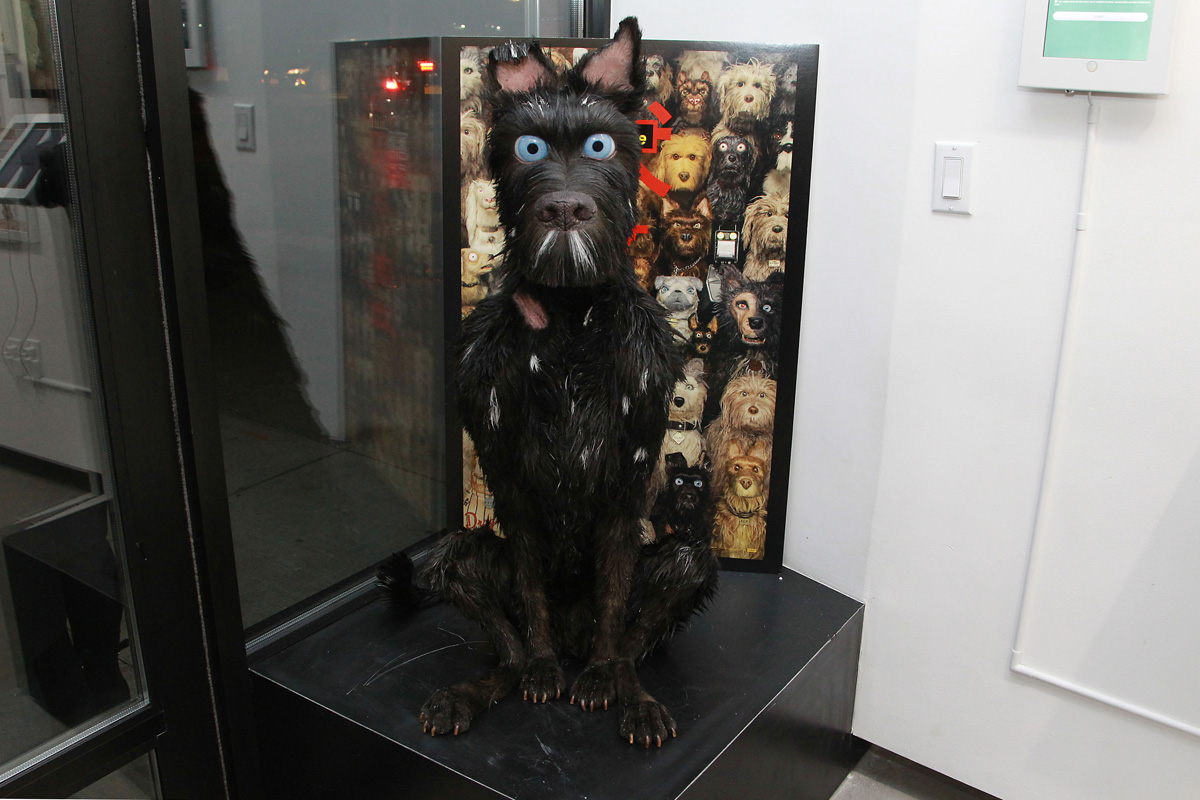
- New York, NY - 11/8/18 - "Isle Of Dogs" Art Show Preview at Parasol Projects Gallery-Pictured: Atmosphere-Photo by: Dave Allocca / StarPix-Location: Parasol Projects Gallery, NYC
-
Isle of Dogs Art Exhibit
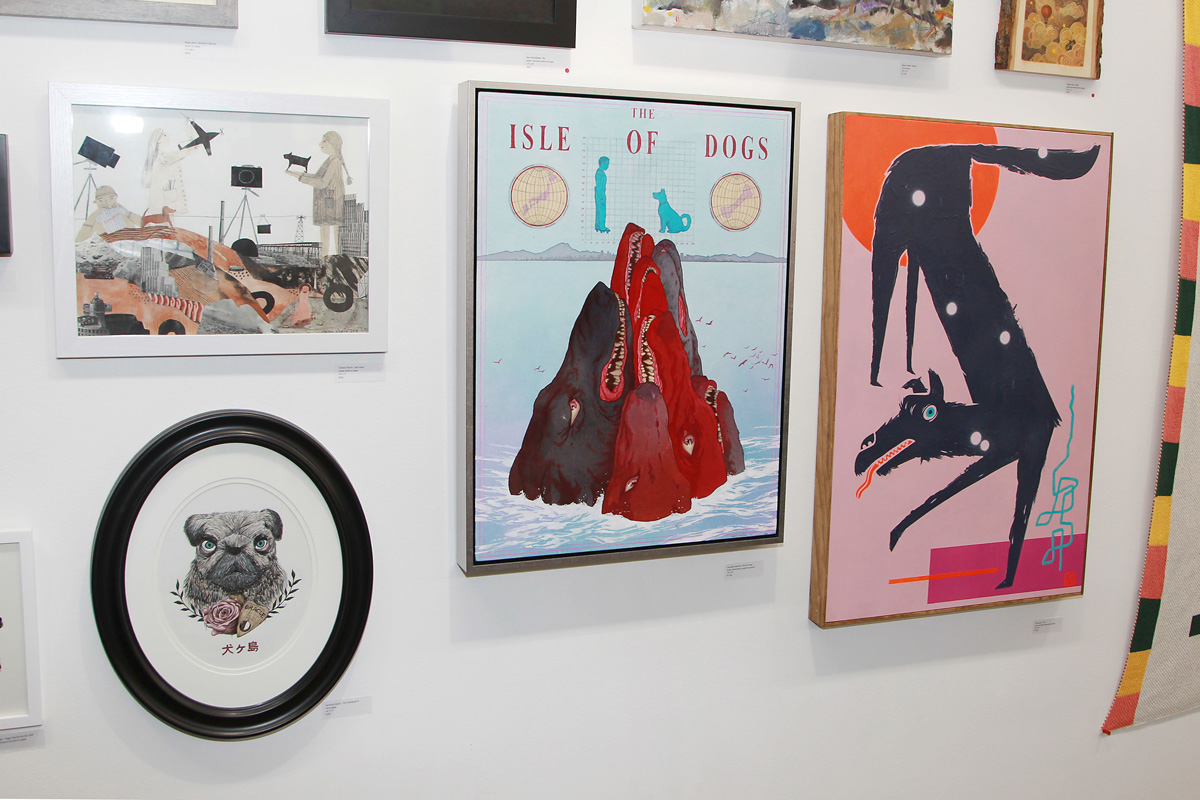
- New York, NY - 11/8/18 - "Isle Of Dogs" Art Show Preview at Parasol Projects Gallery-Pictured: Atmosphere-Photo by: Dave Allocca / StarPix-Location: Parasol Projects Gallery, NYC
-
Isle of Dogs Art Exhibit

- New York, NY - 11/8/18 - "Isle Of Dogs" Art Show Preview at Parasol Projects Gallery-Pictured: Atmosphere-Photo by: Dave Allocca / StarPix-Location: Parasol Projects Gallery, NYC
-
Isle of Dogs Art Exhibit
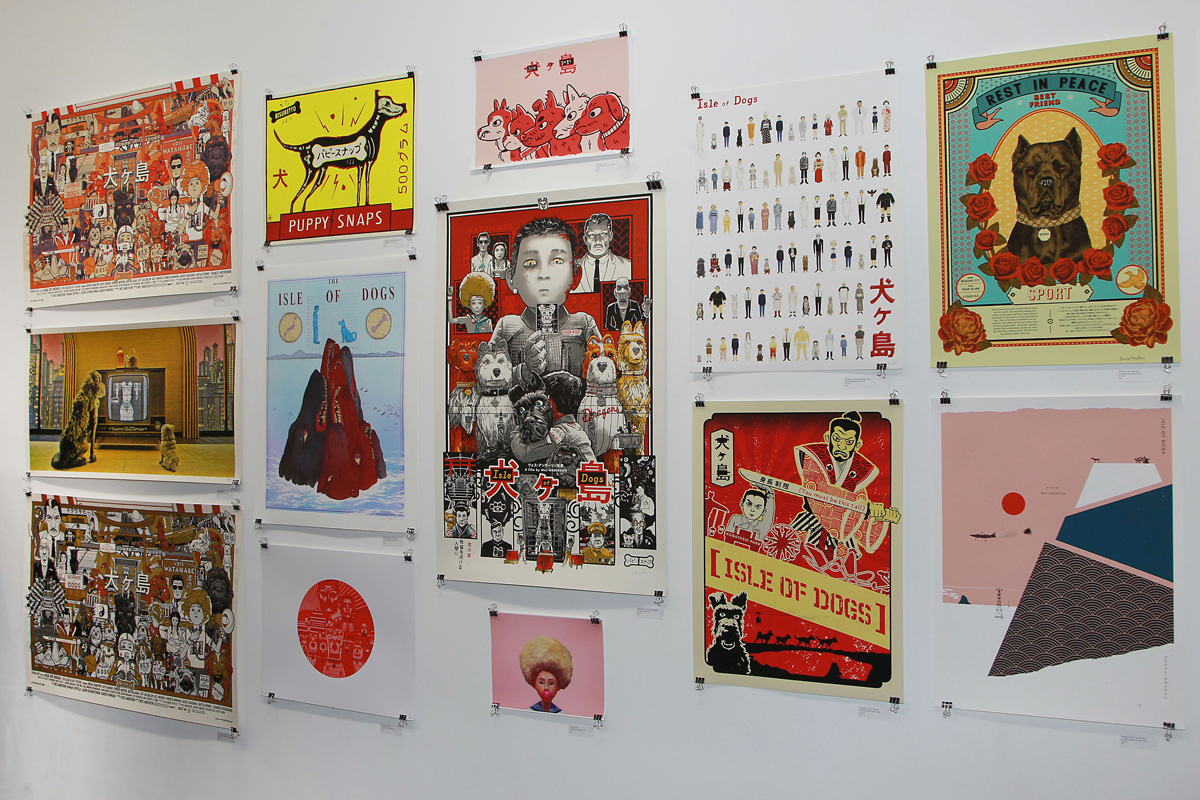
- New York, NY - 11/8/18 - "Isle Of Dogs" Art Show Preview at Parasol Projects Gallery-Pictured: Atmosphere-Photo by: Dave Allocca / StarPix-Location: Parasol Projects Gallery, NYC
-
Isle of Dogs Art Exhibit
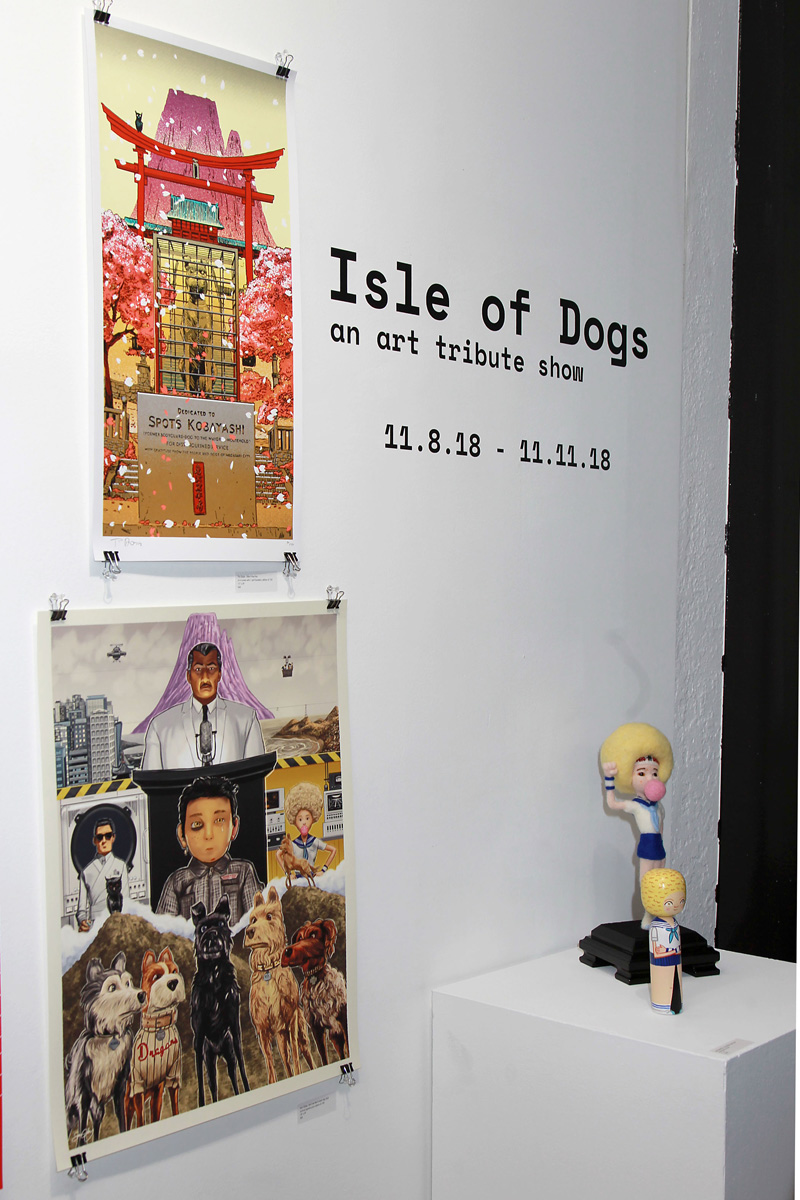
- New York, NY - 11/8/18 - "Isle Of Dogs" Art Show Preview at Parasol Projects Gallery-Pictured: Atmosphere-Photo by: Dave Allocca / StarPix-Location: Parasol Projects Gallery, NYC
-
Isle of Dogs Art Exhibit
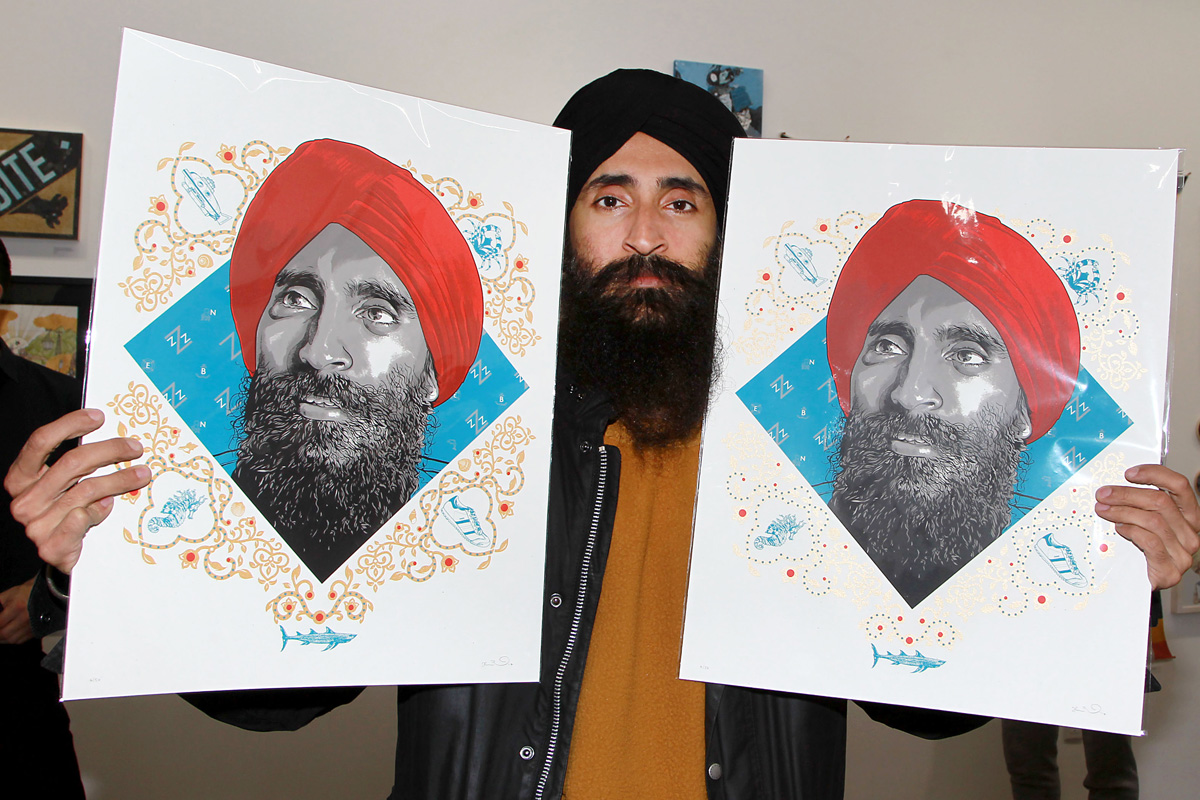
- New York, NY - 11/8/18 - "Isle Of Dogs" Art Show Preview at Parasol Projects Gallery-Pictured: Waris Ahluwalia-Photo by: Dave Allocca / StarPix-Location: Parasol Projects Gallery, NYC
-
Isle of Dogs Art Exhibit
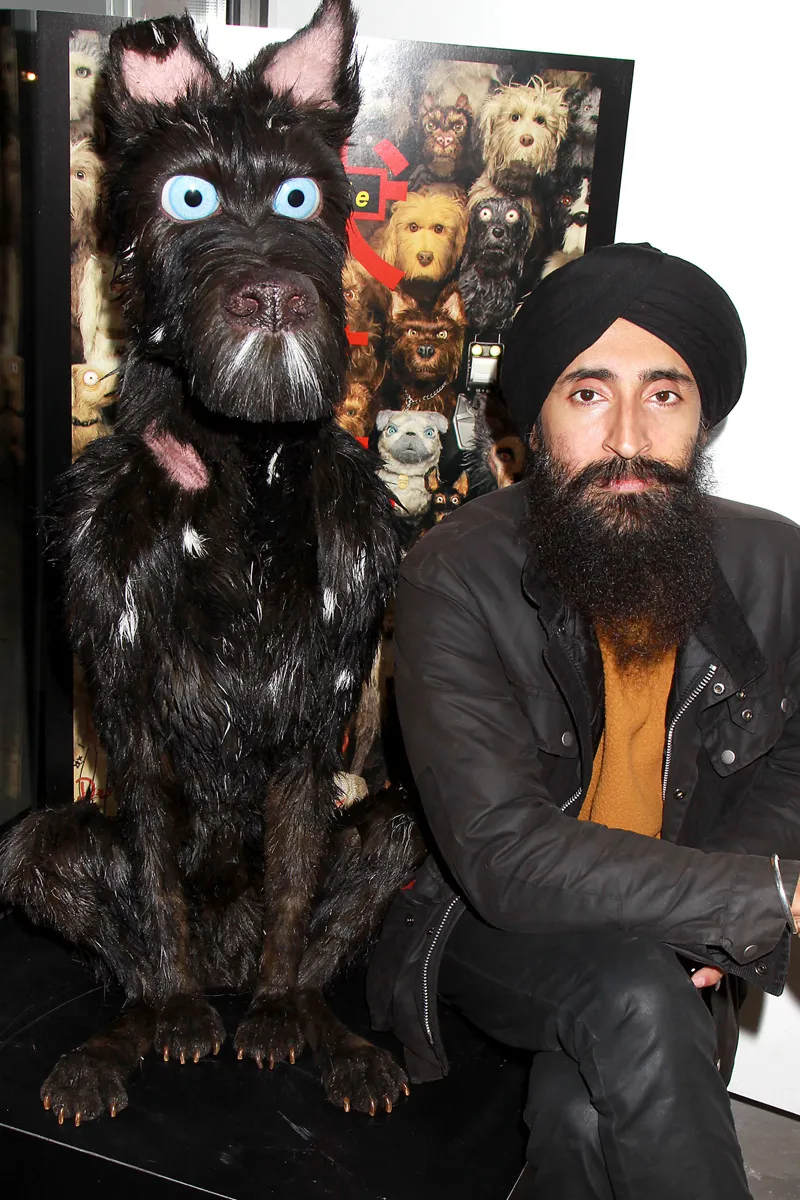
- New York, NY - 11/8/18 - "Isle Of Dogs" Art Show Preview at Parasol Projects Gallery-Pictured: Waris Ahluwalia-Photo by: Dave Allocca / StarPix-Location: Parasol Projects Gallery, NYC
-
Isle of Dogs Art Exhibit

- New York, NY - 11/8/18 - "Isle Of Dogs" Art Show Preview at Parasol Projects Gallery-Pictured: Waris Ahluwalia-Photo by: Dave Allocca / StarPix-Location: Parasol Projects Gallery, NYC
-
Isle of Dogs Art Exhibit
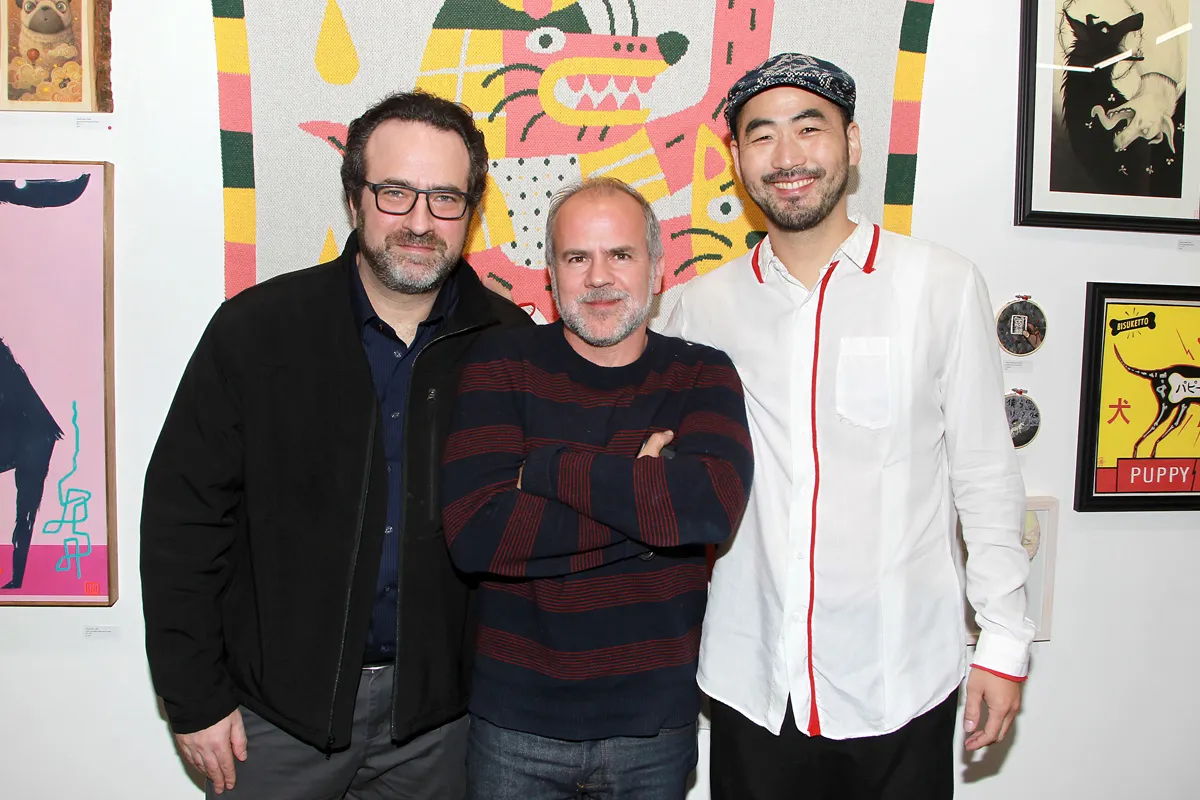
- New York, NY - 11/8/18 - "Isle Of Dogs" Art Show Preview at Parasol Projects Gallery-Pictured: Andrew Weiselum, Jermey Dawson, Kaoru Watanabe-Photo by: Dave Allocca / StarPix-Location: Parasol Projects Gallery, NYC
-
Isle of Dogs Art Exhibit

- New York, NY - 11/8/18 - "Isle Of Dogs" Art Show Preview at Parasol Projects Gallery-Pictured: Jay McInerney-Photo by: Dave Allocca / StarPix-Location: Parasol Projects Gallery, NYC
-
Isle of Dogs Art Exhibit
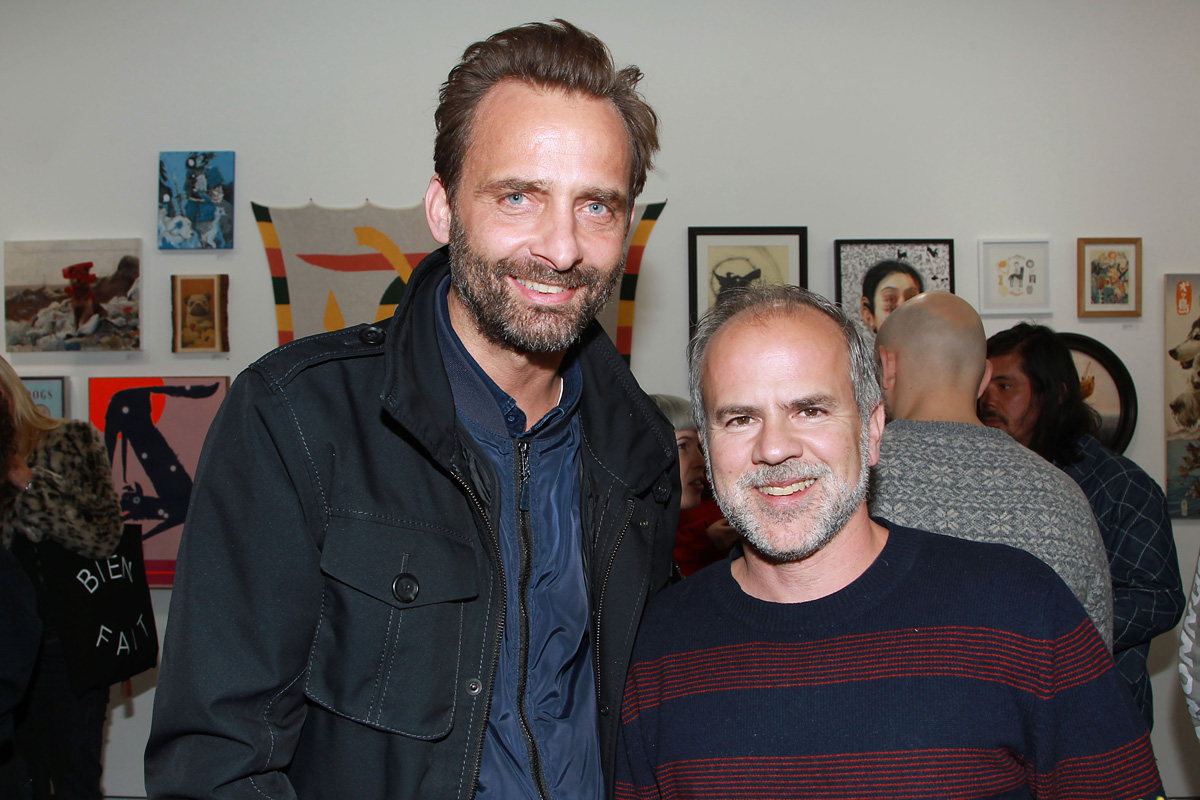
- New York, NY - 11/8/18 - "Isle Of Dogs" Art Show Preview at Parasol Projects Gallery-Pictured: Tristan Oliver, Jermey Dawson-Photo by: Dave Allocca / StarPix-Location: Parasol Projects Gallery, NYC
-
Isle of Dogs Art Exhibit
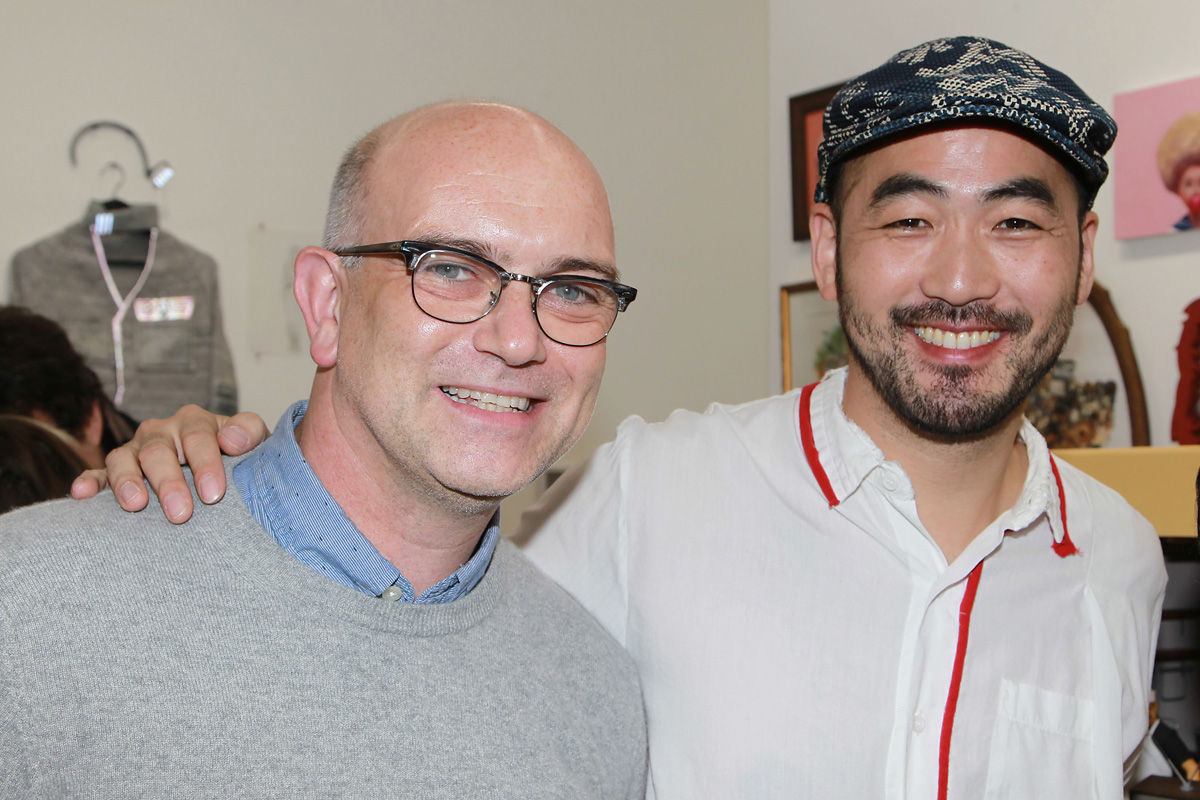
- New York, NY - 11/8/18 - "Isle Of Dogs" Art Show Preview at Parasol Projects Gallery-Pictured: Andy Gent, Kaoru Watanabe-Photo by: Dave Allocca / StarPix-Location: Parasol Projects Gallery, NYC
-
Isle of Dogs Art Exhibit
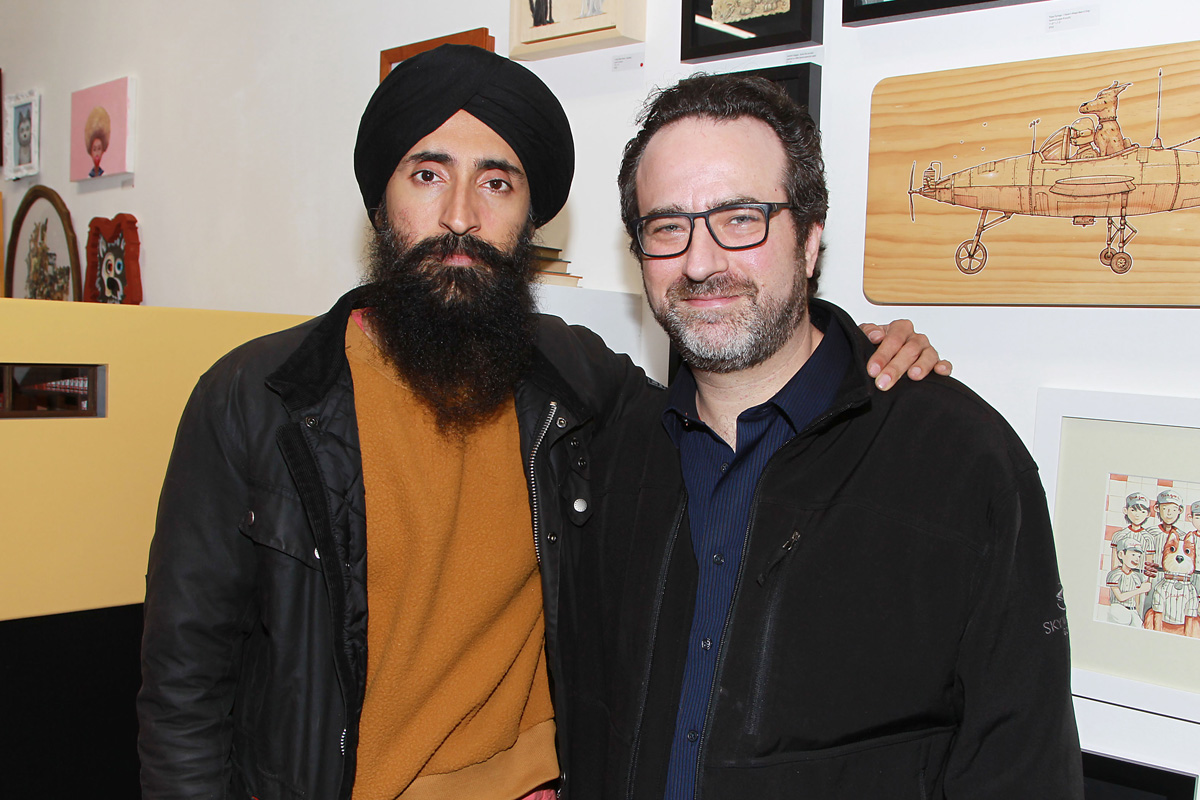
- New York, NY - 11/8/18 - "Isle Of Dogs" Art Show Preview at Parasol Projects Gallery-Pictured: Waris Ahluwalia, Andrew Weiselum-Photo by: Dave Allocca / StarPix-Location: Parasol Projects Gallery, NYC
-
Isle of Dogs Art Exhibit
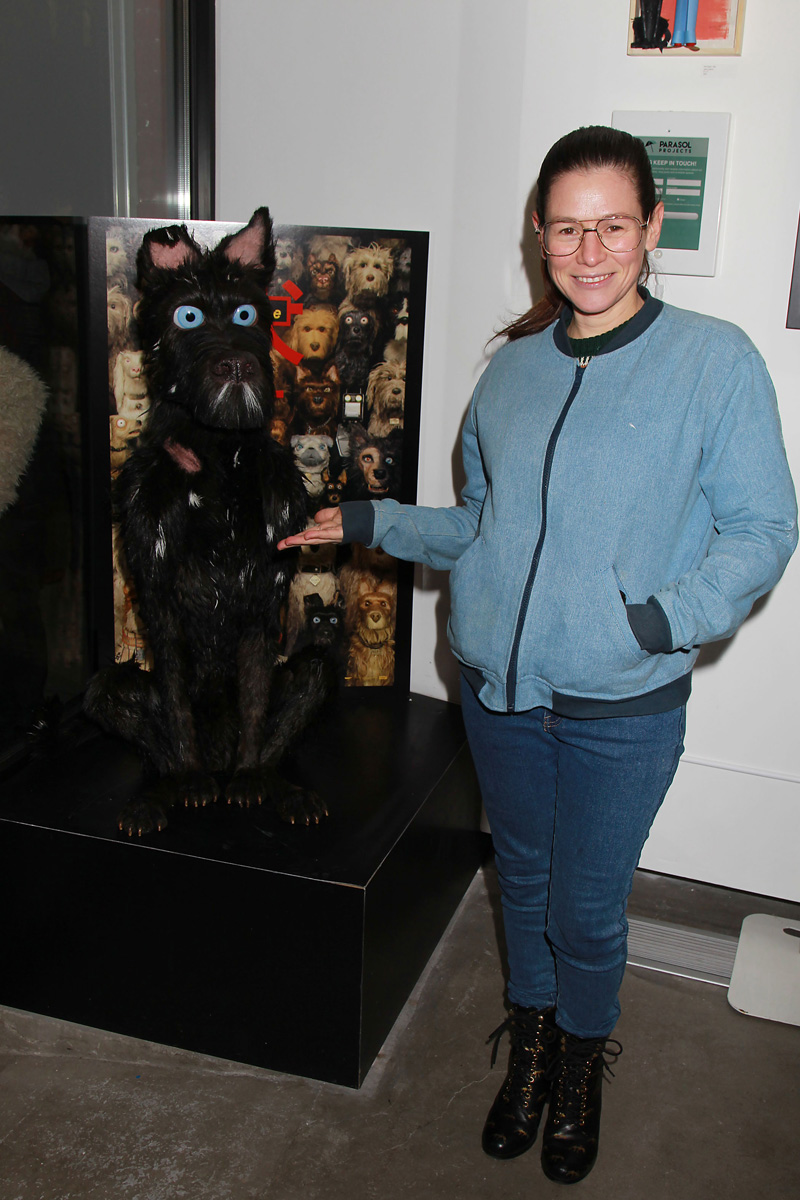
- New York, NY - 11/8/18 - "Isle Of Dogs" Art Show Preview at Parasol Projects Gallery-Pictured: Wael Stone-Photo by: Dave Allocca / StarPix-Location: Parasol Projects Gallery, NYC
-
Isle of Dogs Art Exhibit
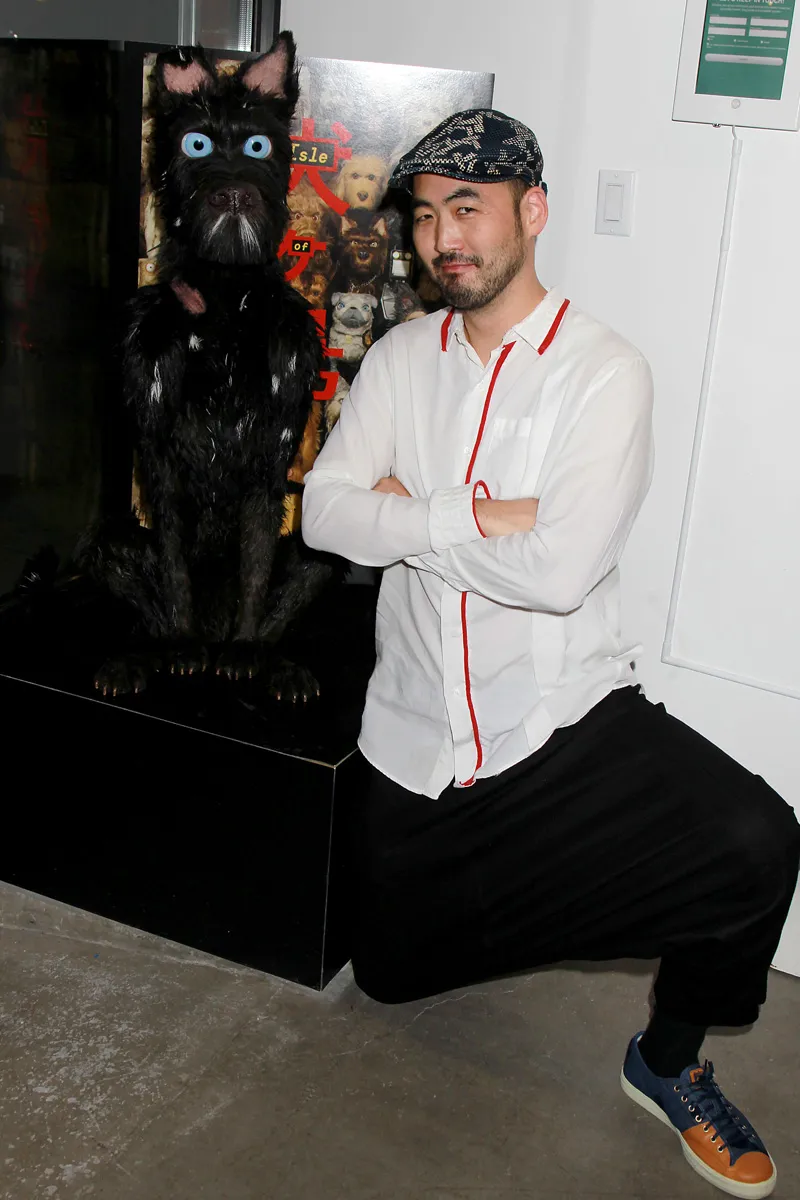
- New York, NY - 11/8/18 - "Isle Of Dogs" Art Show Preview at Parasol Projects Gallery-Pictured: Kaoru Watanabe-Photo by: Dave Allocca / StarPix-Location: Parasol Projects Gallery, NYC
-
Isle of Dogs Art Exhibit
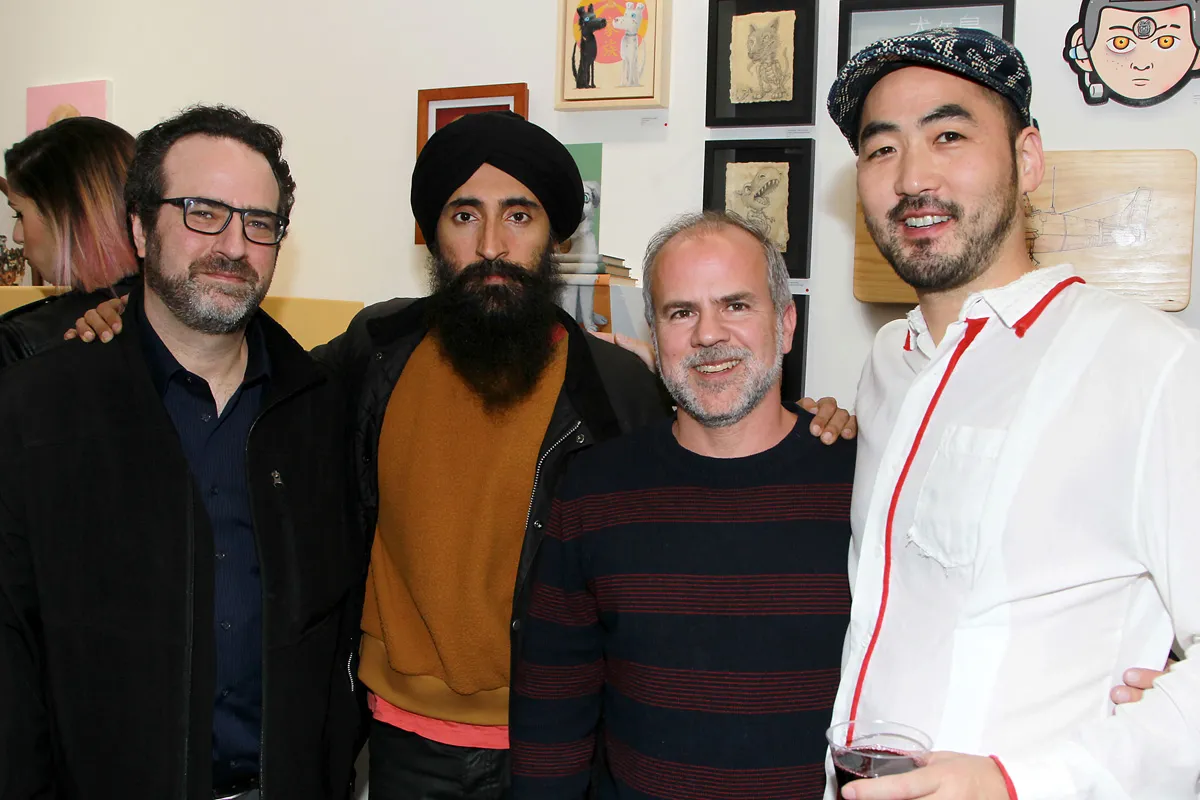
- New York, NY - 11/8/18 - "Isle Of Dogs" Art Show Preview at Parasol Projects Gallery-Pictured: Andrew Weiselum, Waris Ahluwalia, Jermey Dawson, Kaoru Watanabe-Photo by: Dave Allocca / StarPix-Location: Parasol Projects Gallery, NYC
-
Isle of Dogs Art Exhibit
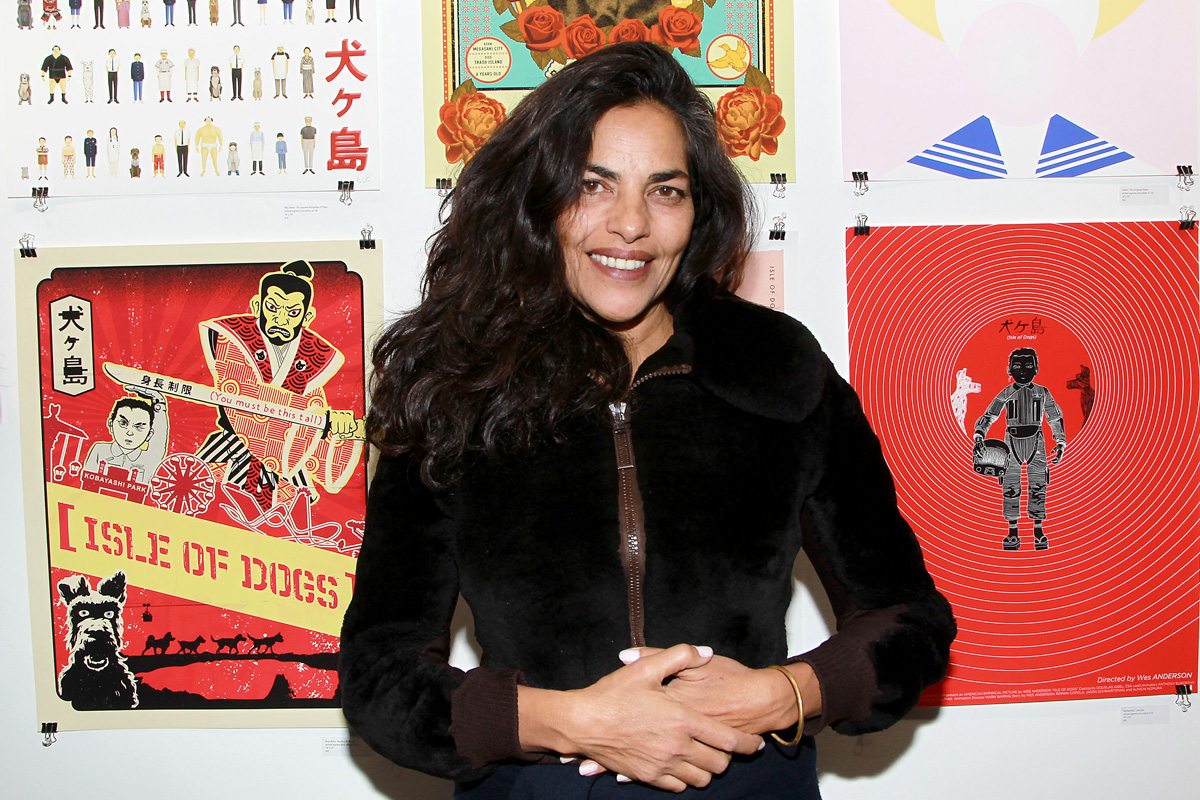
- New York, NY - 11/8/18 - "Isle Of Dogs" Art Show Preview at Parasol Projects Gallery-Pictured: Sarita Choudhury-Photo by: Dave Allocca / StarPix-Location: Parasol Projects Gallery, NYC
-
Isle of Dogs
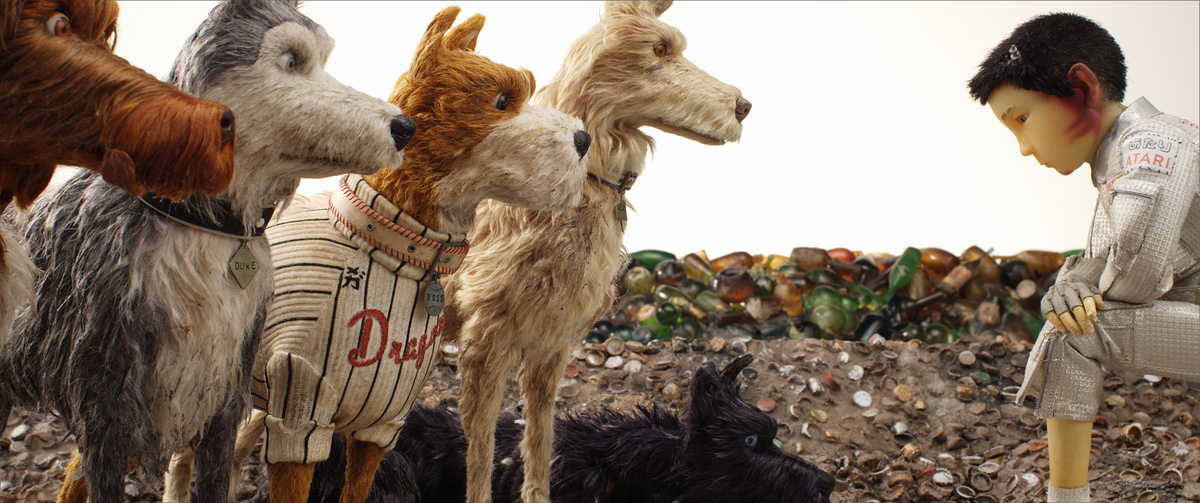
-
Isle of Dogs
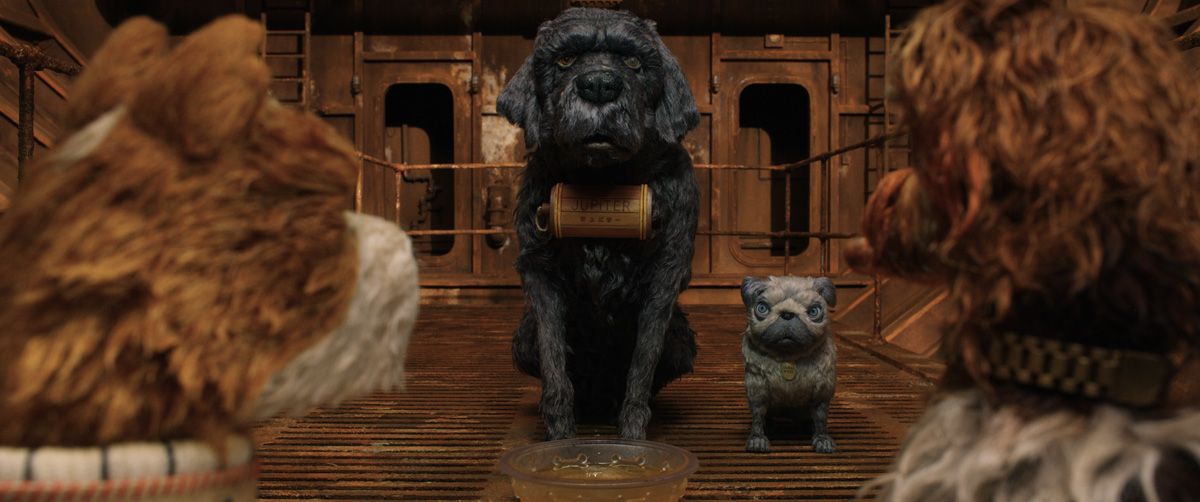
-
Isle of Dogs
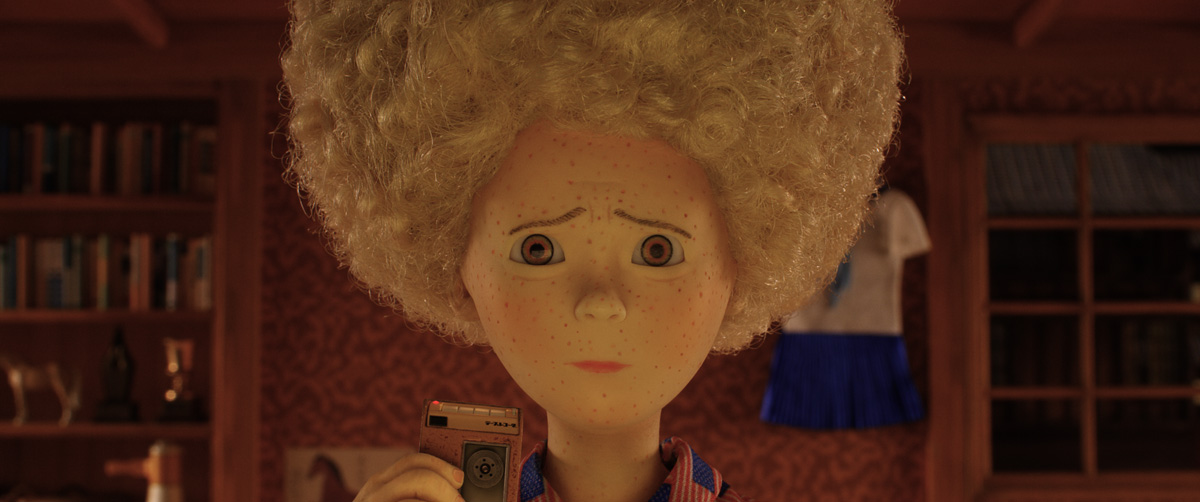
-
Isle of Dogs
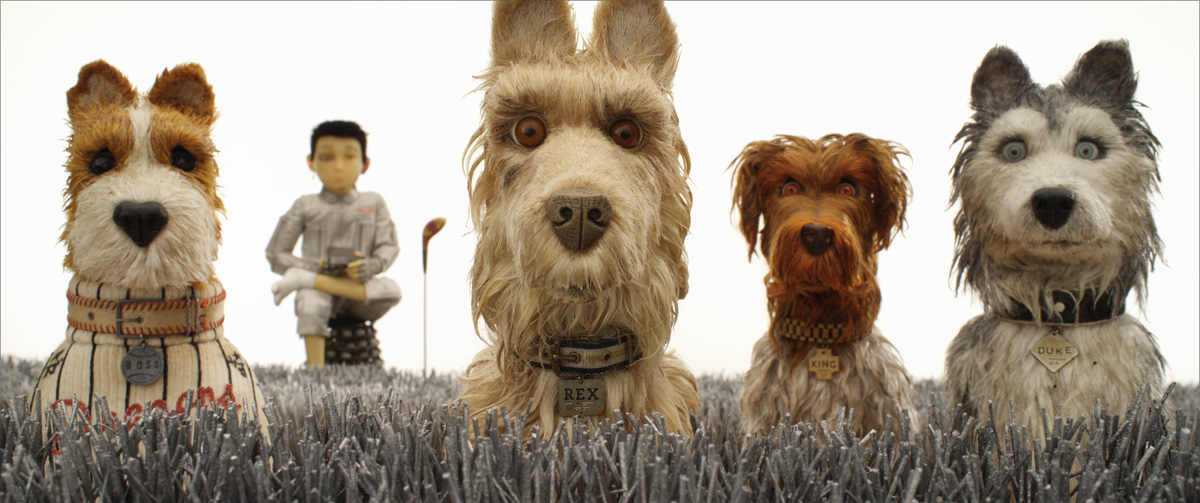
-
Isle of Dogs
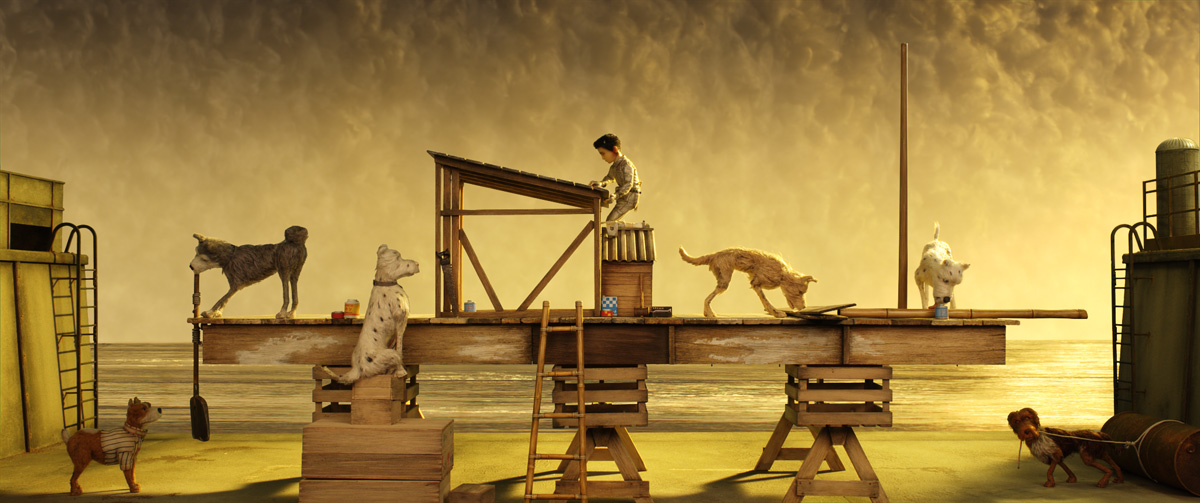
-
Isle of Dogs
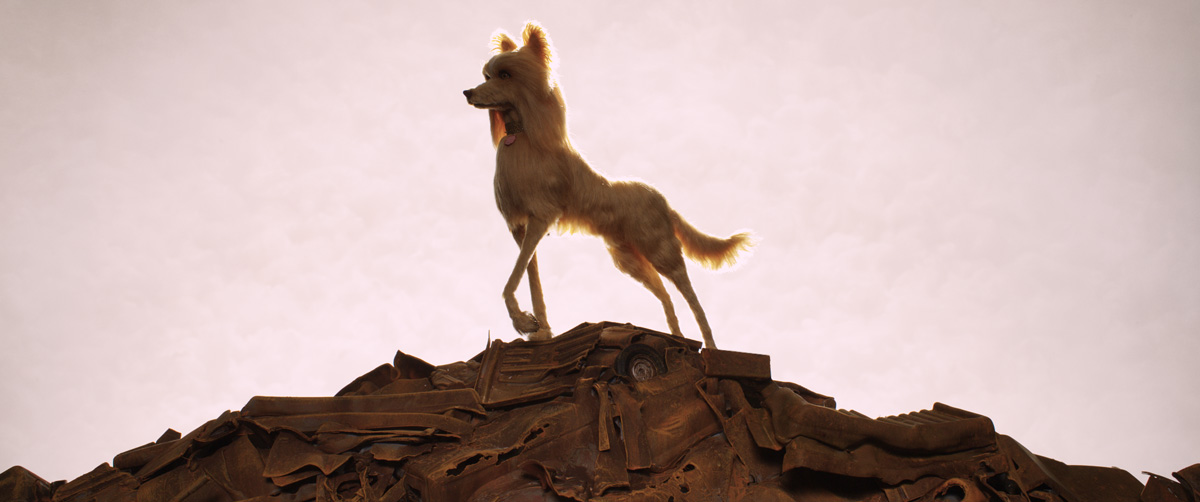
-
Isle of Dogs
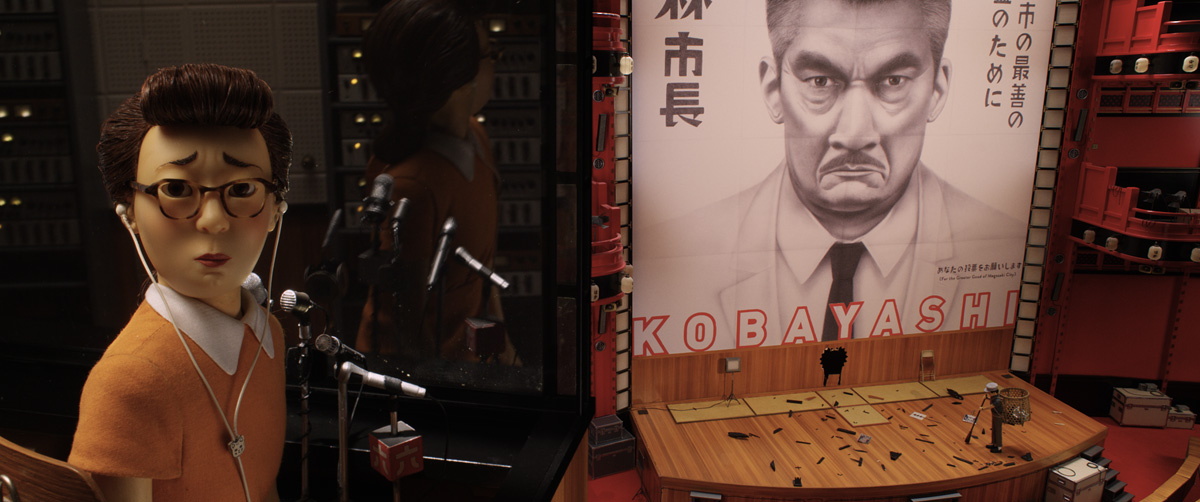
-
Isle of Dogs
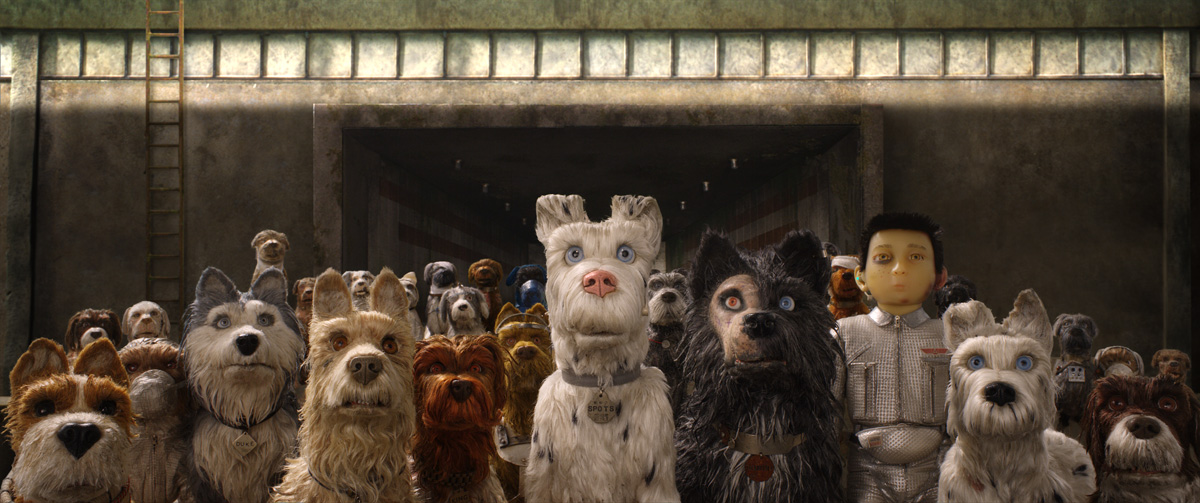
-
Isle of Dogs

-
Isle of Dogs

-
Isle of Dogs

-
Isle of Dogs

-
Isle of Dogs

-
Isle of Dogs

-
Isle of Dogs

-
Isle of Dogs

-
Isle of Dogs

